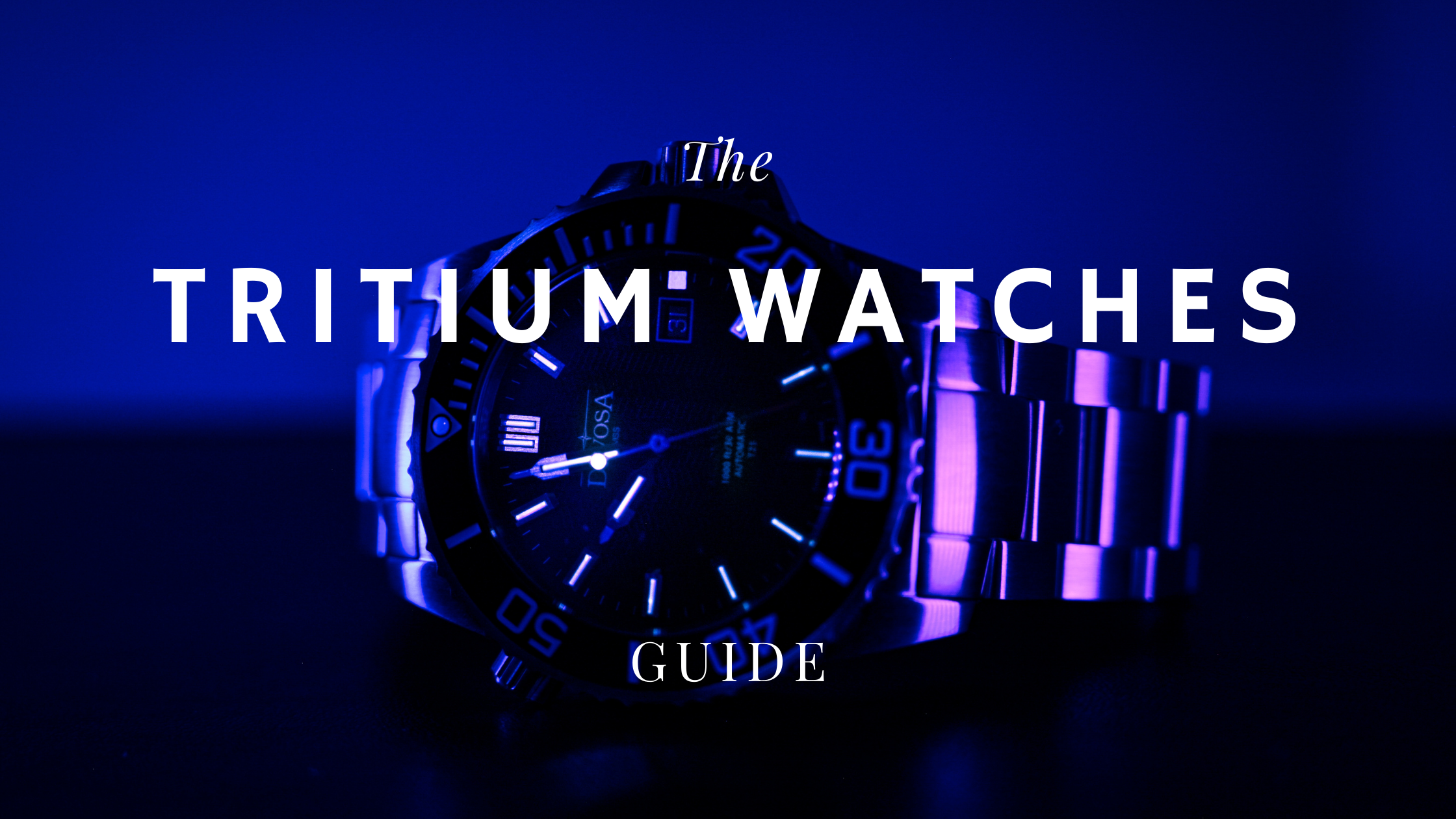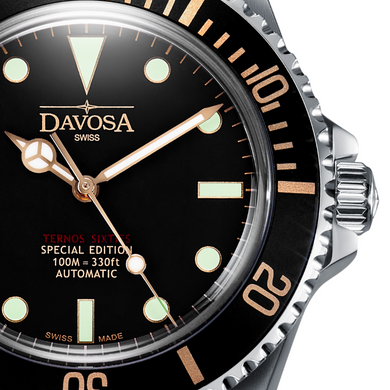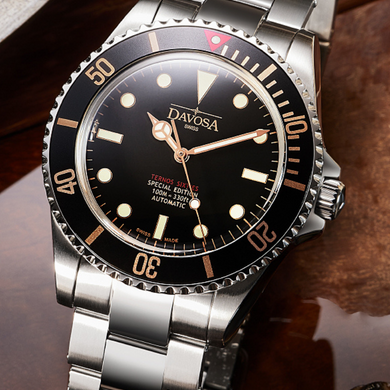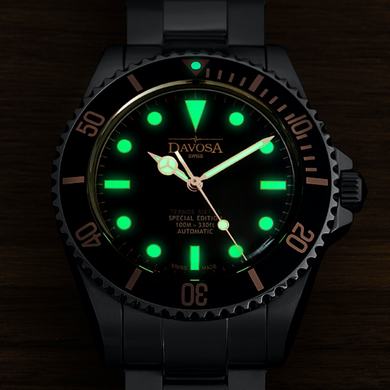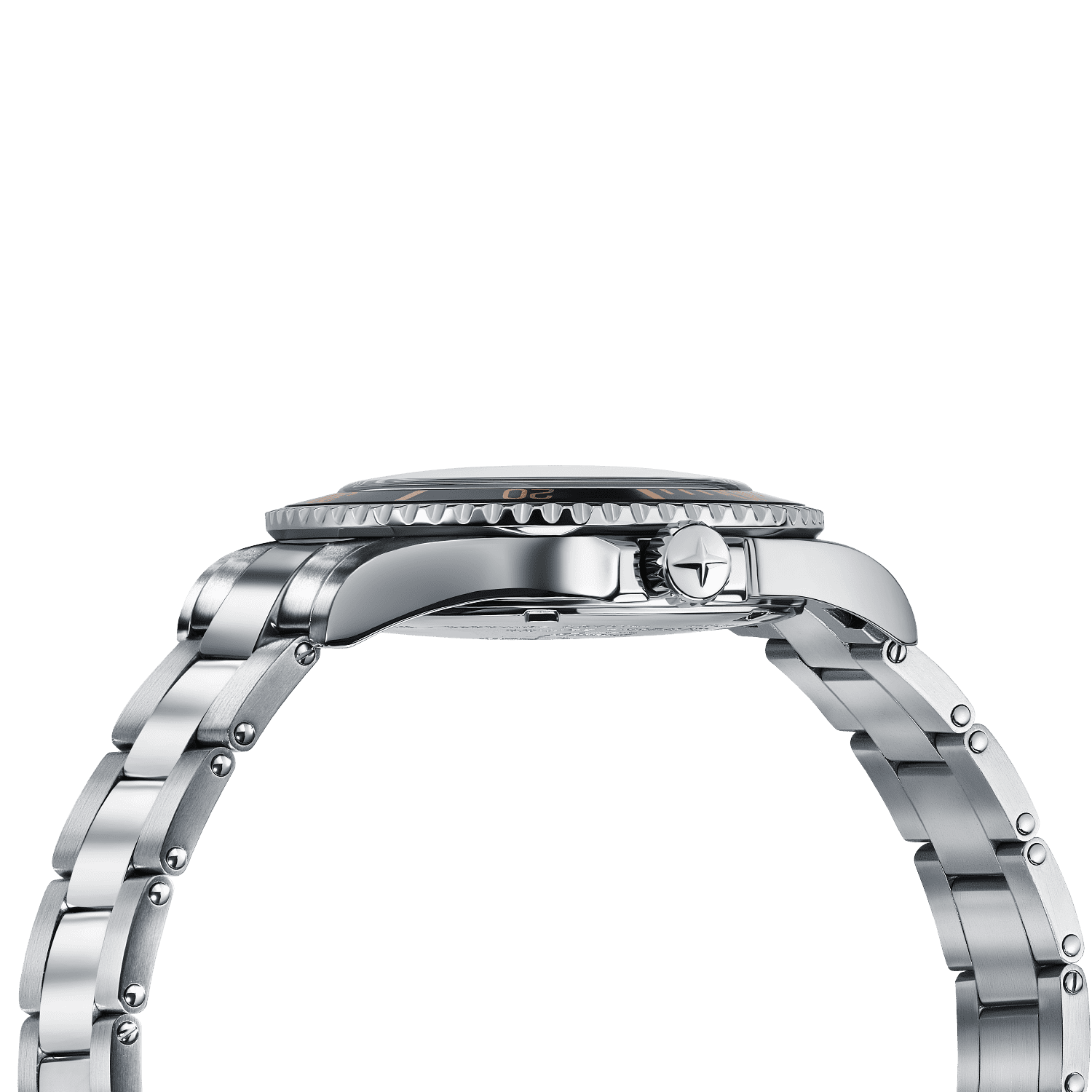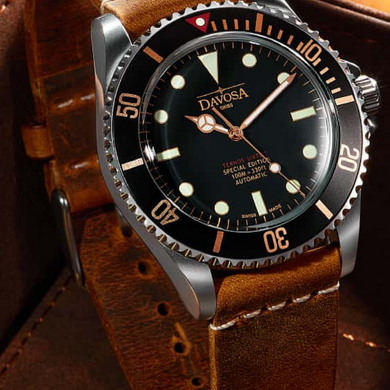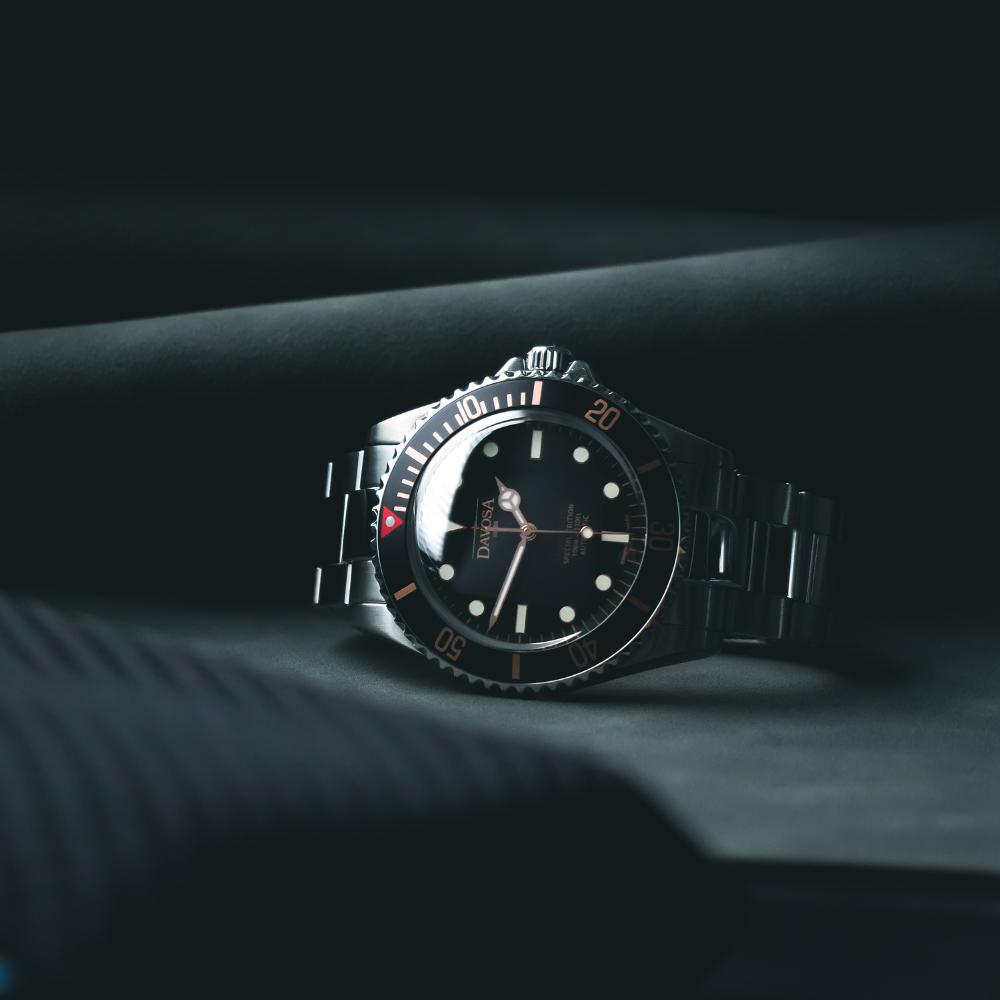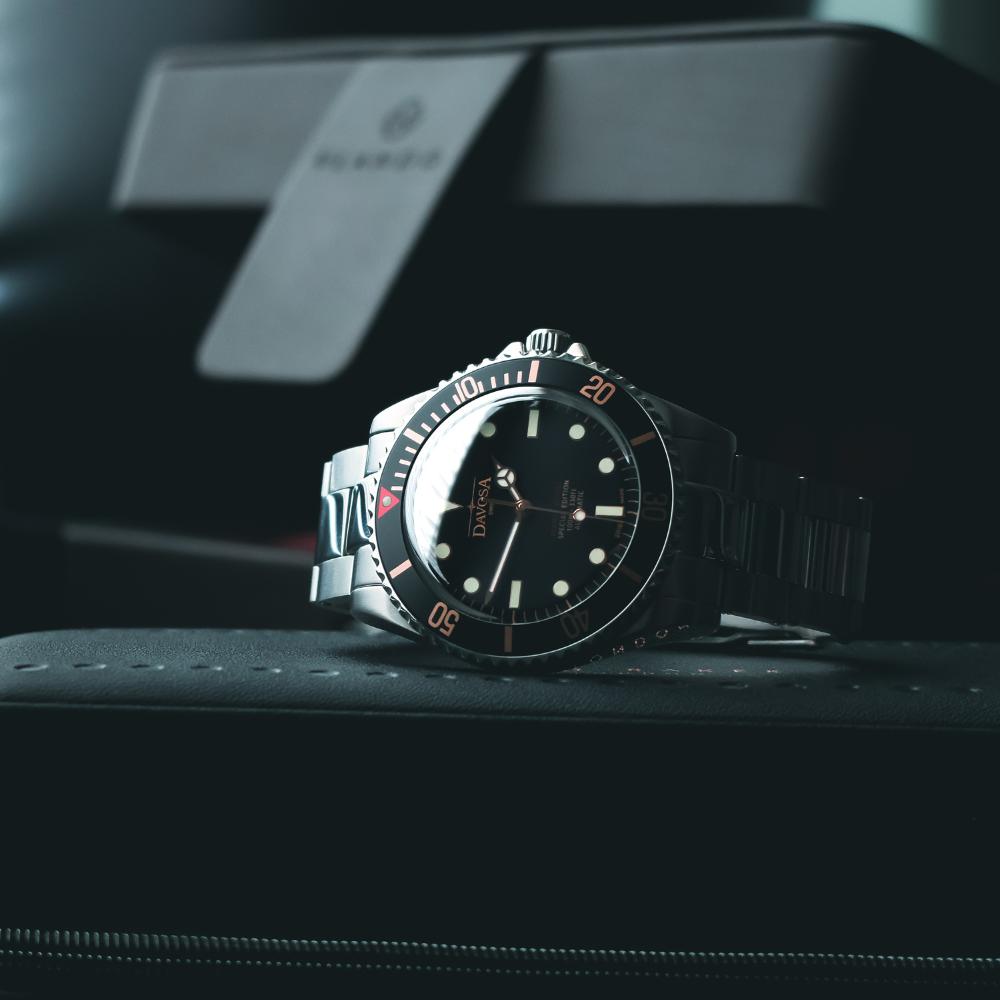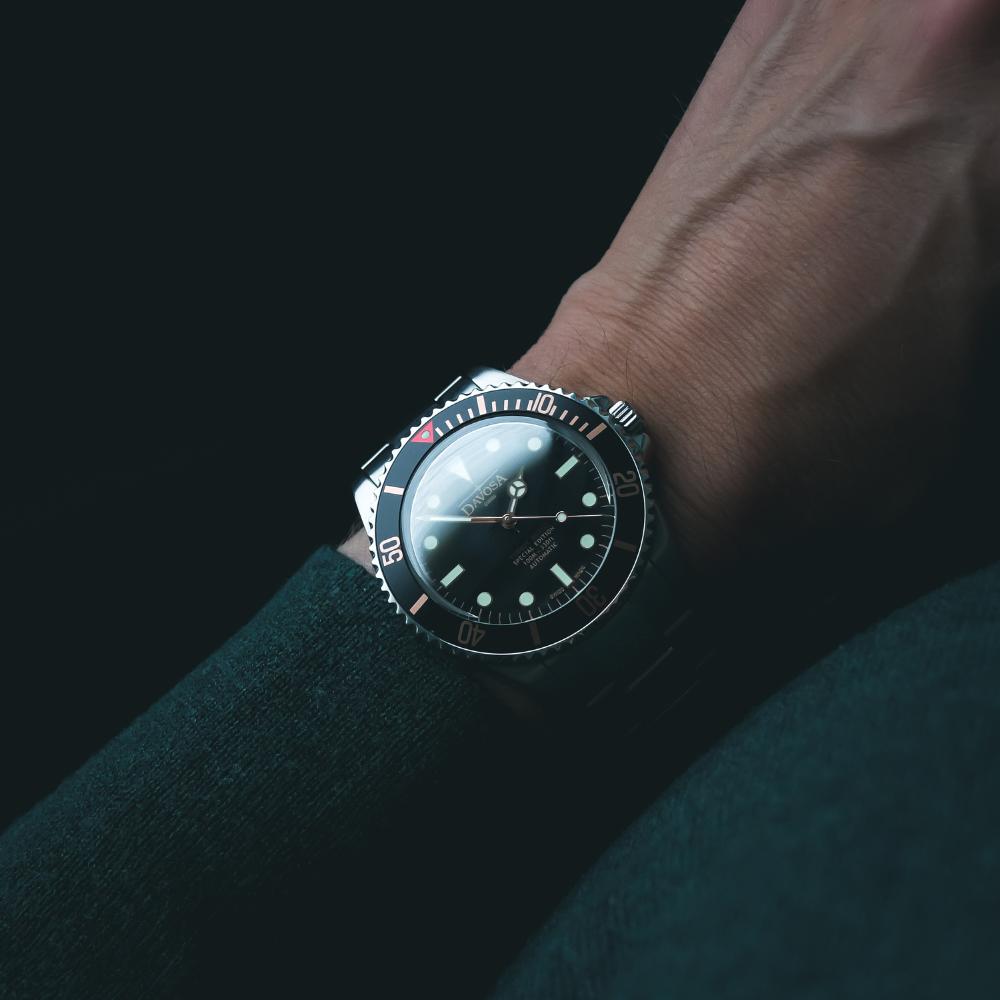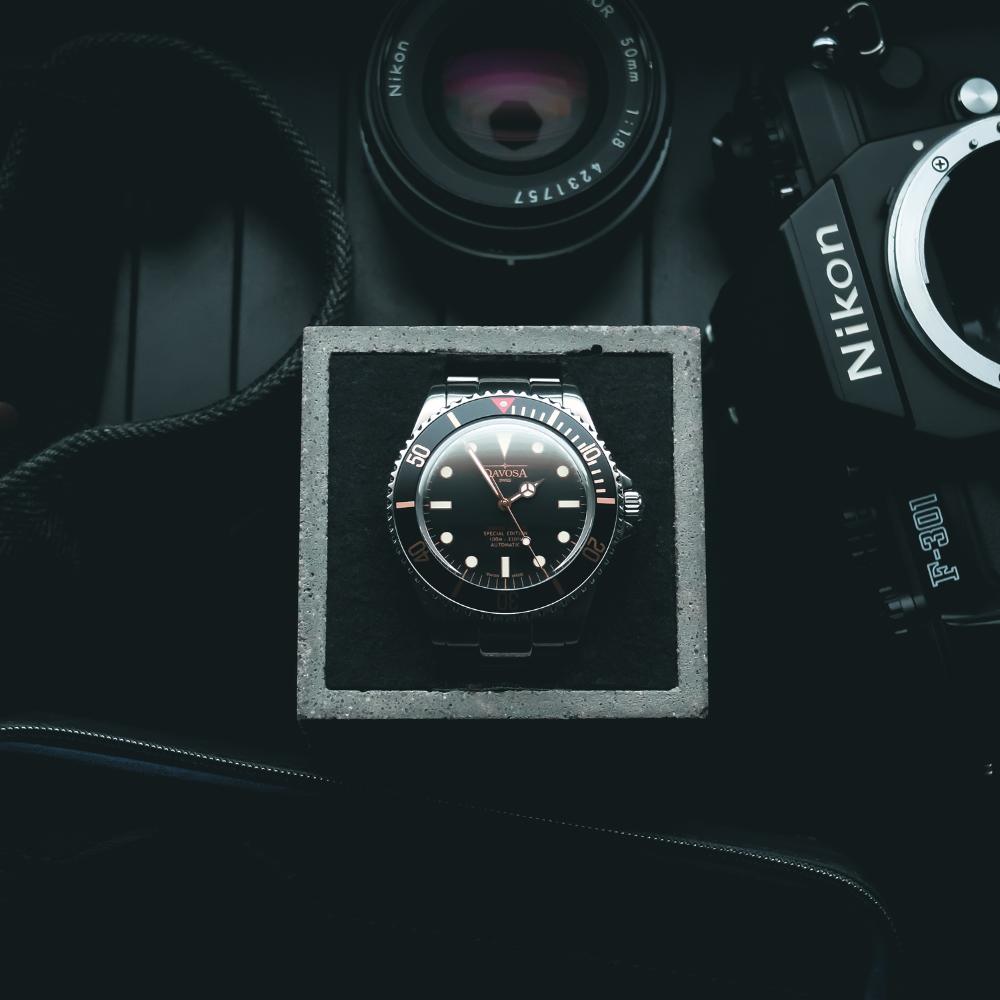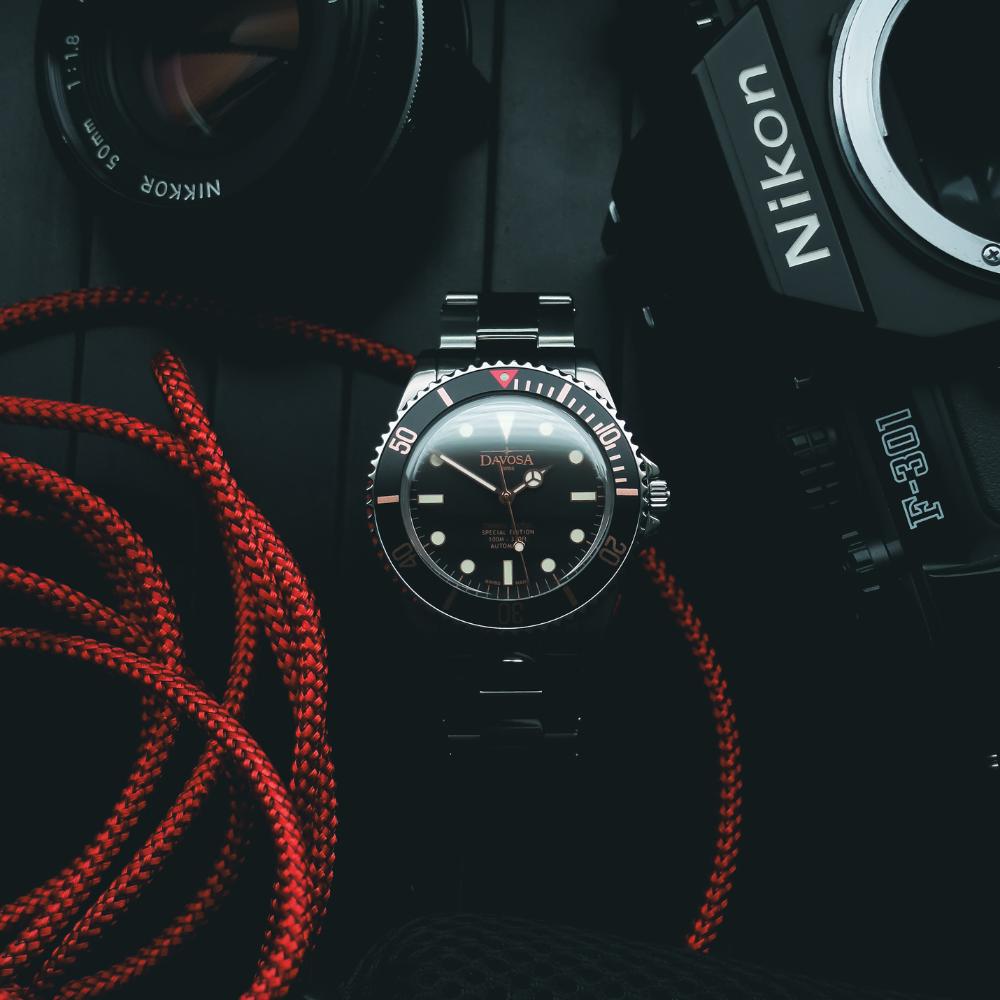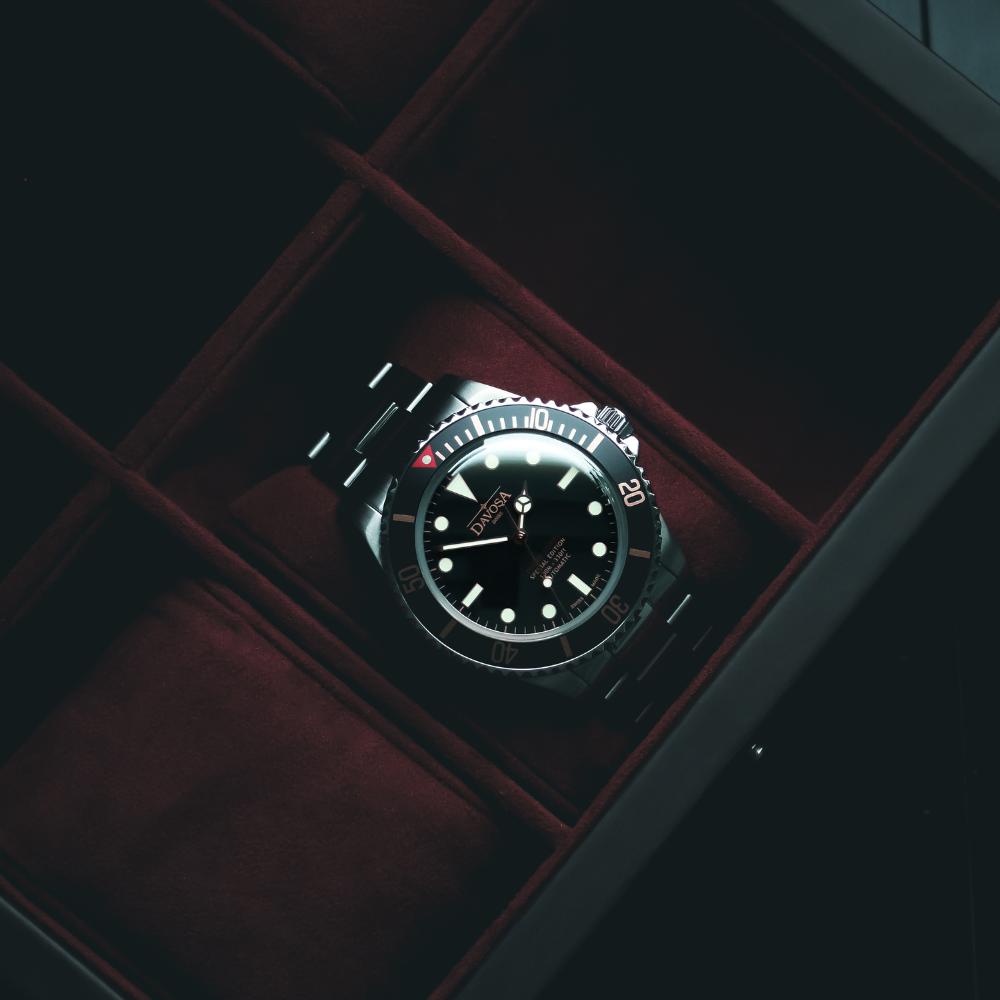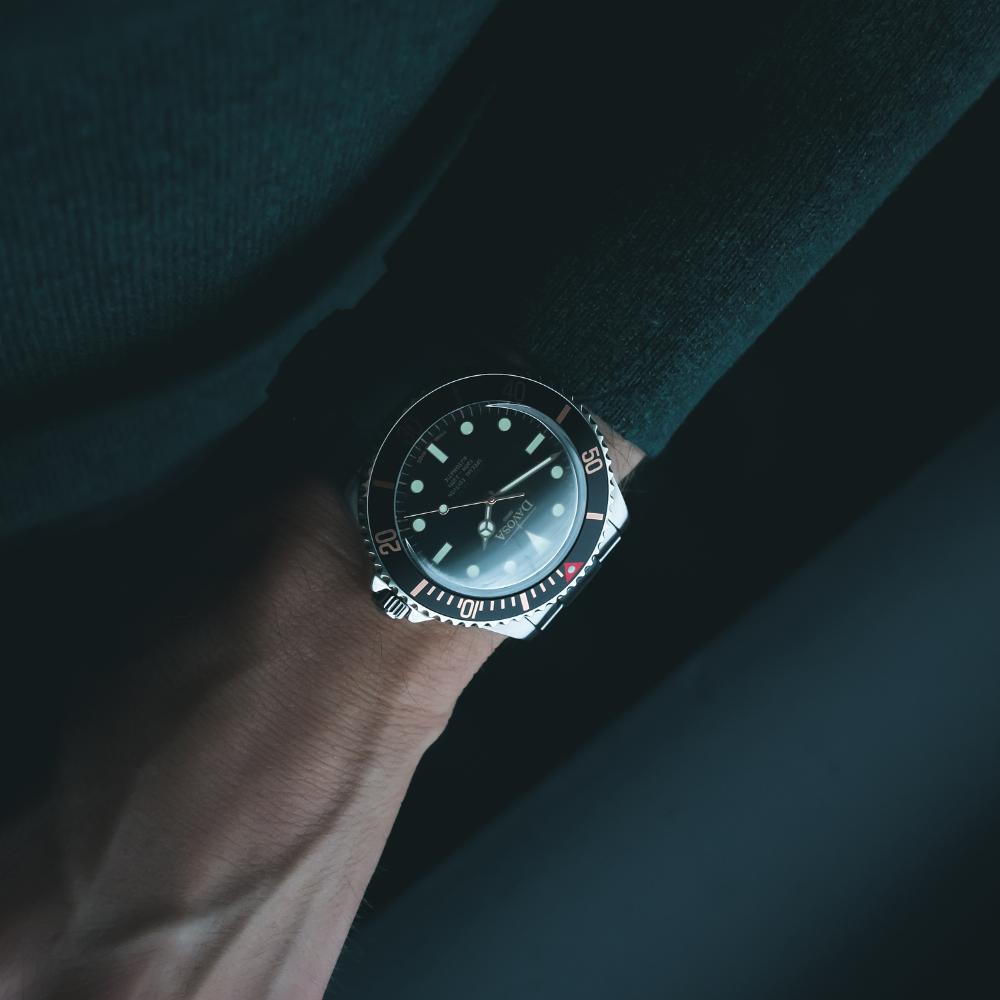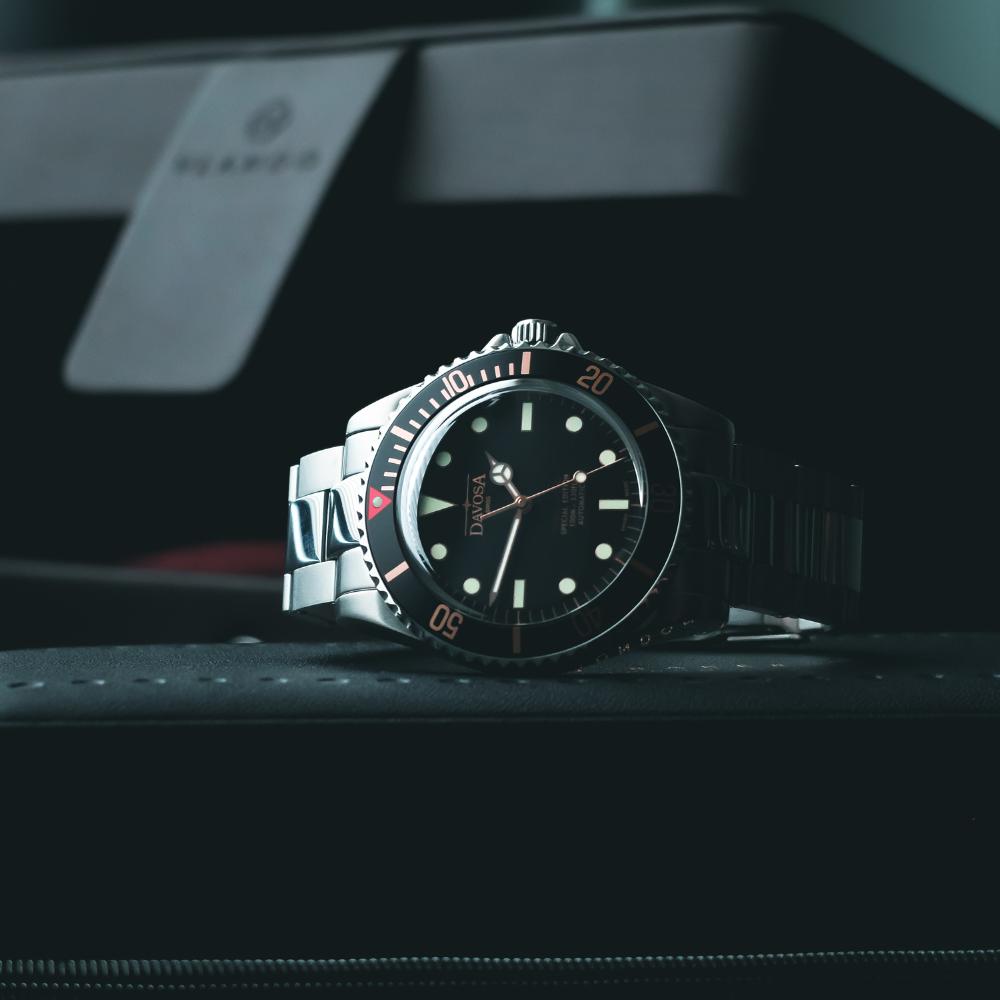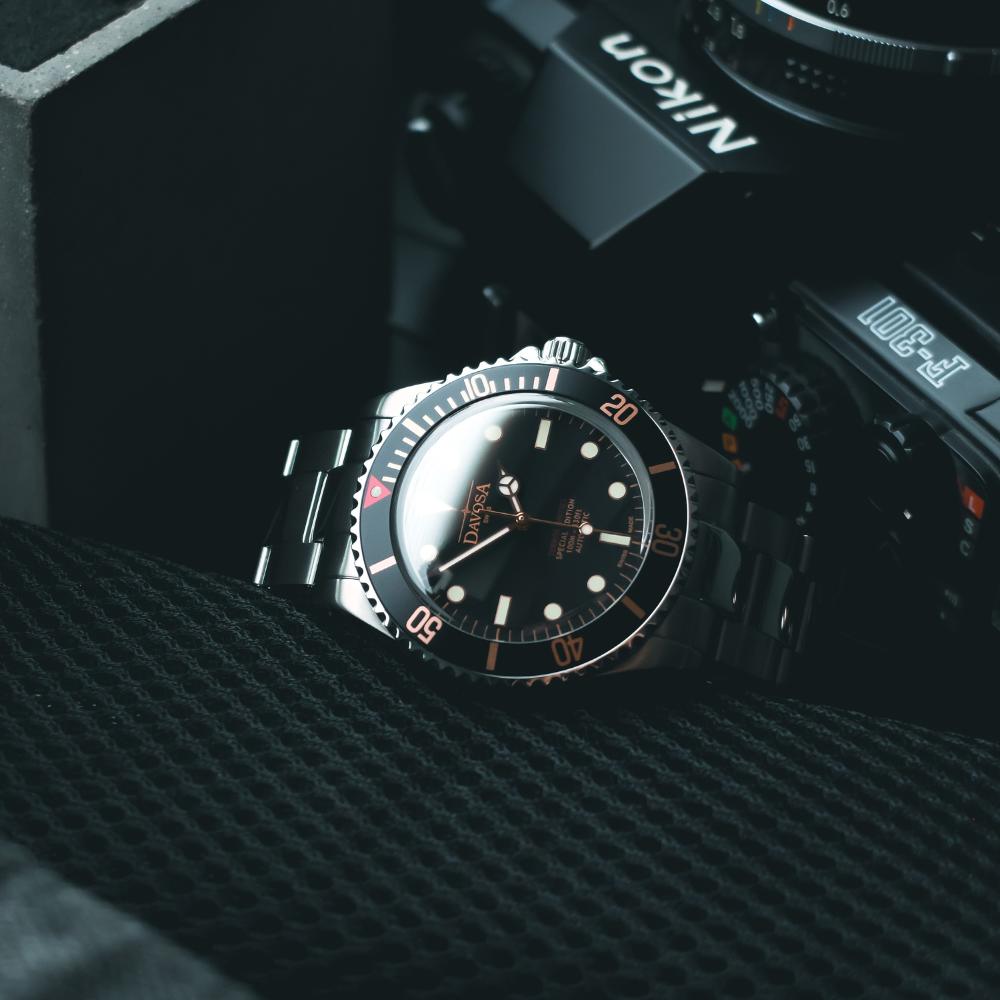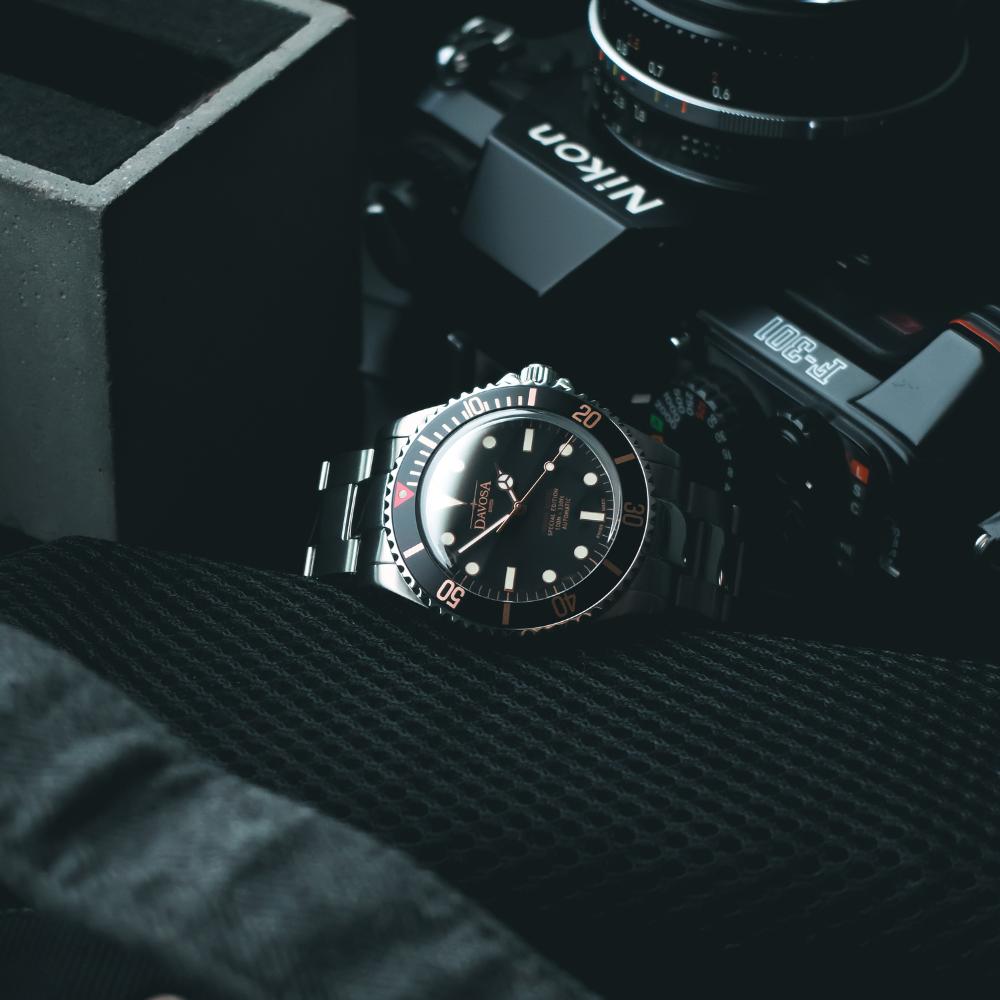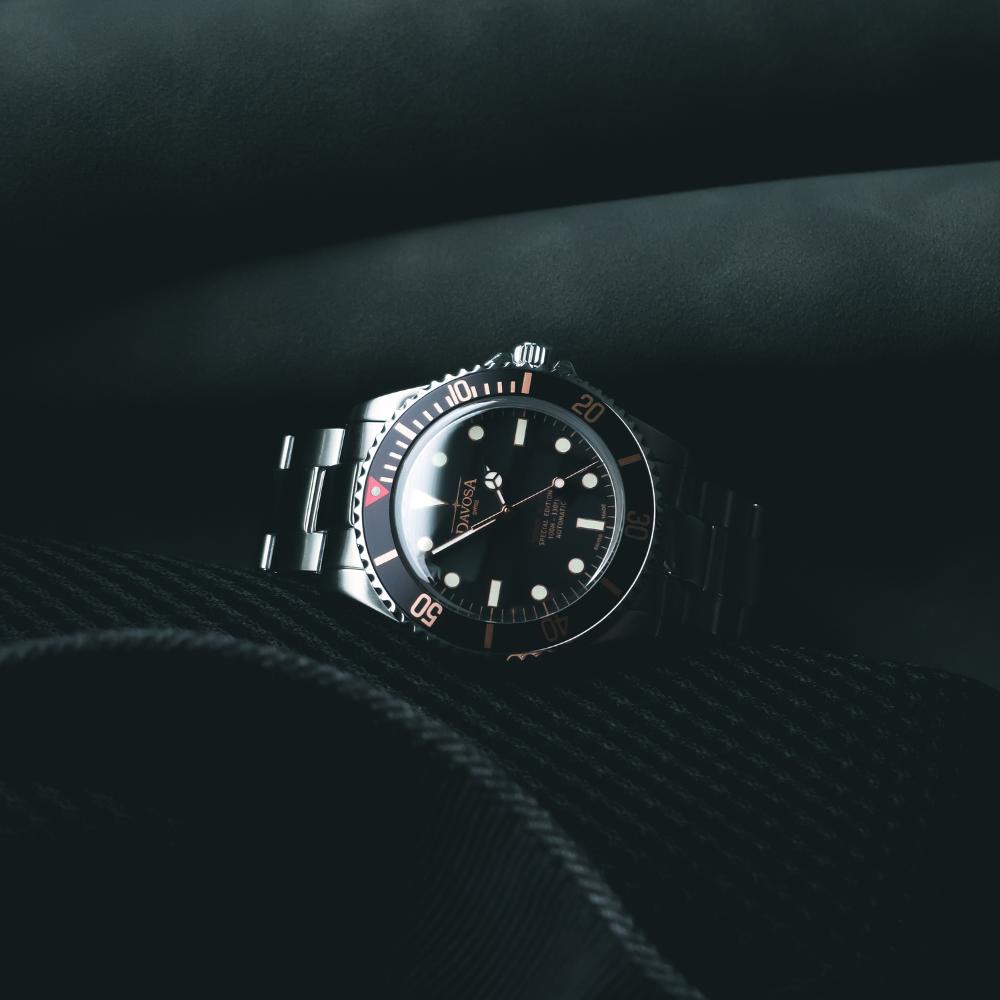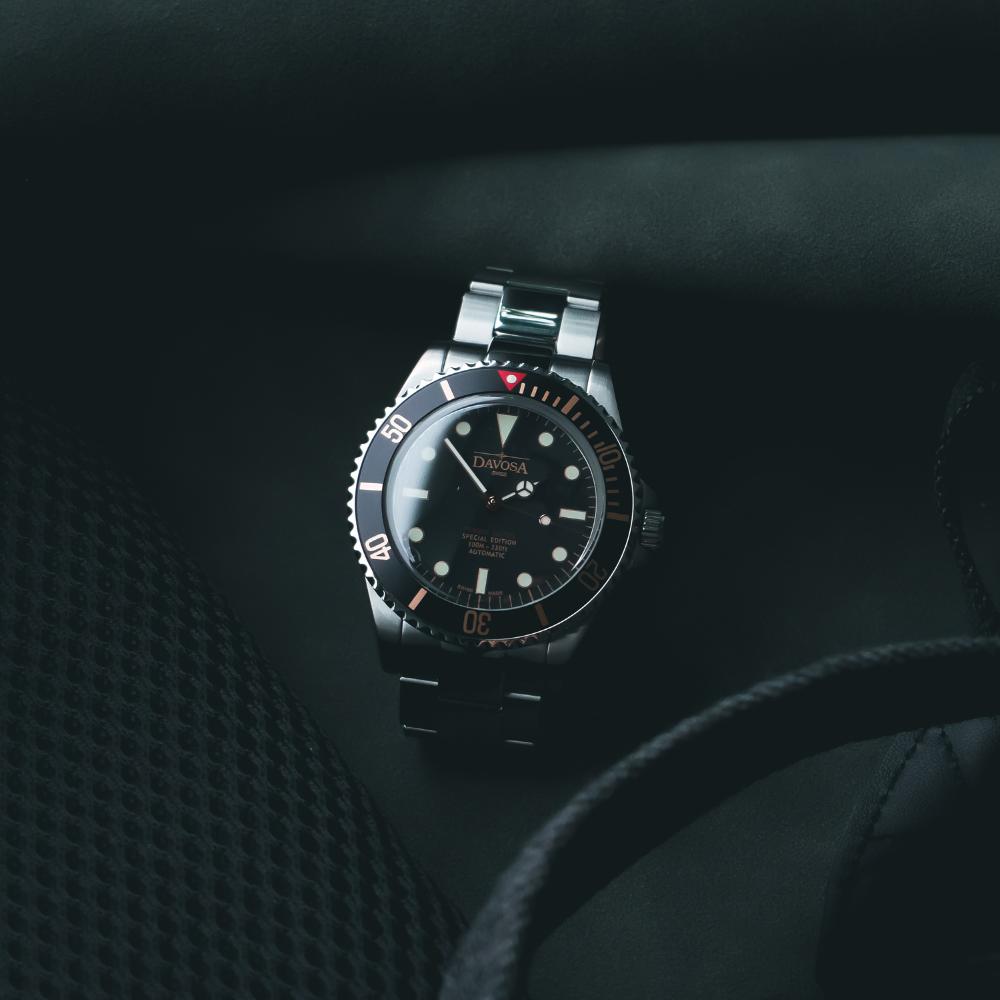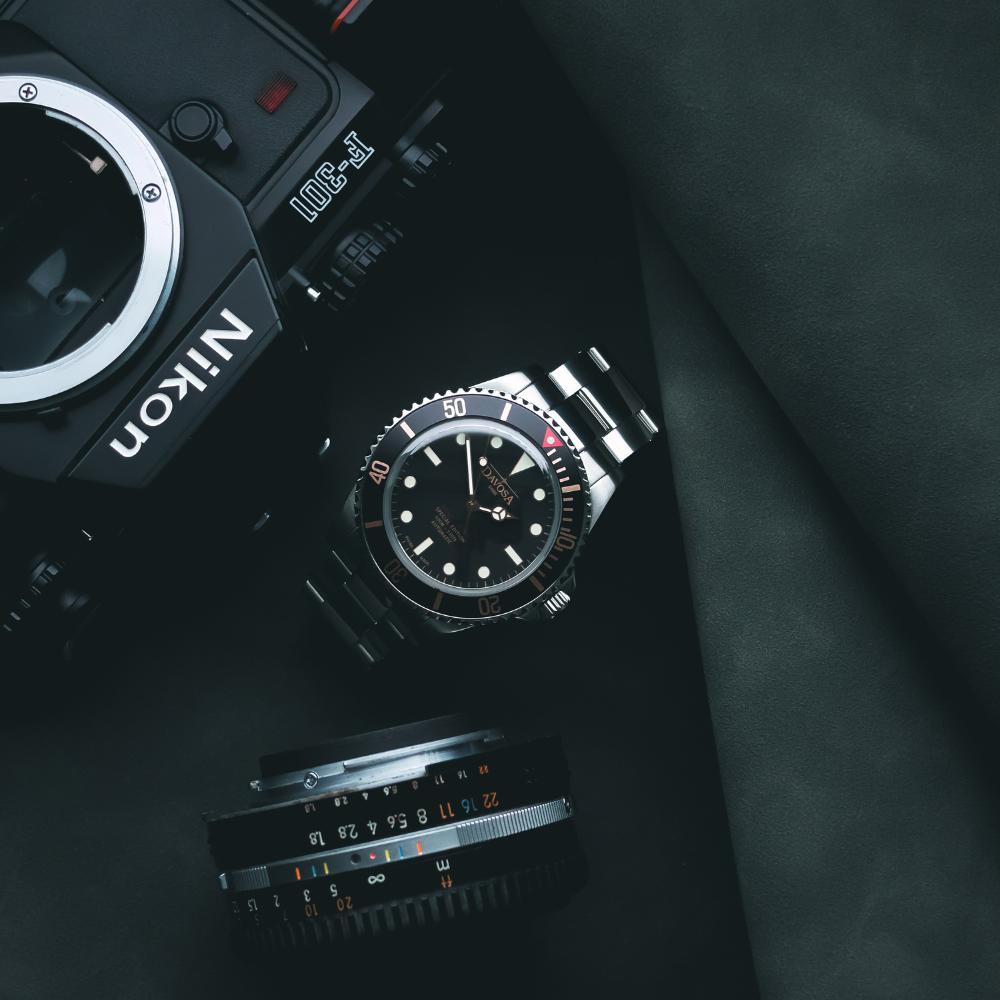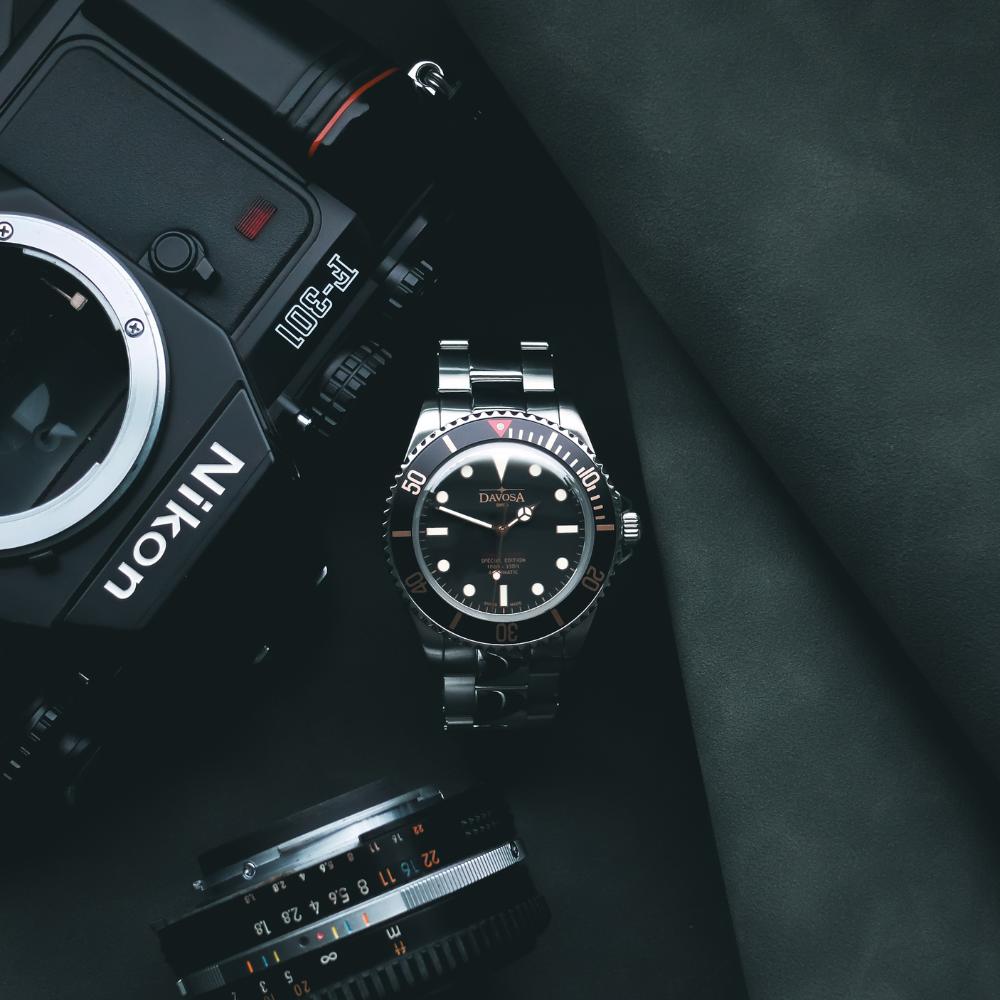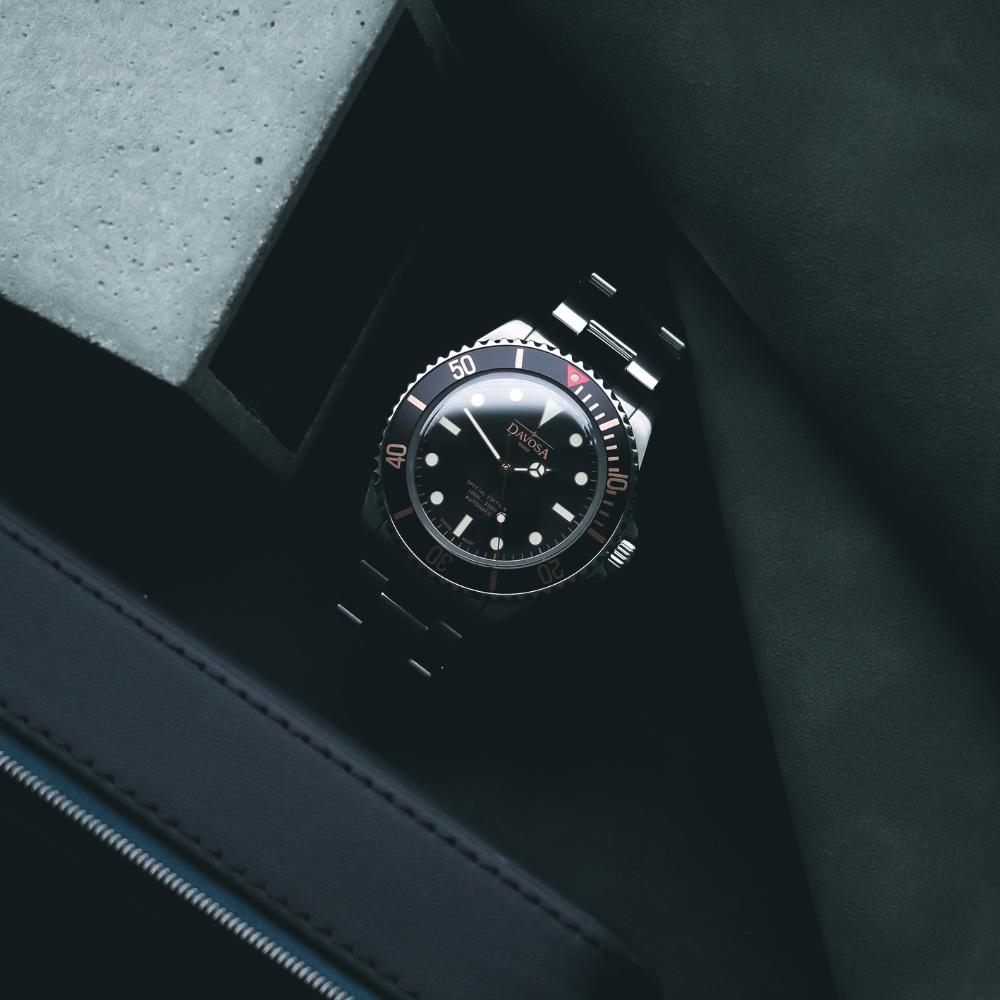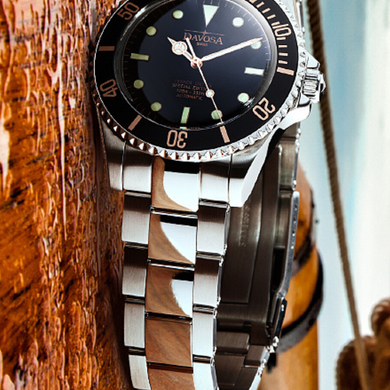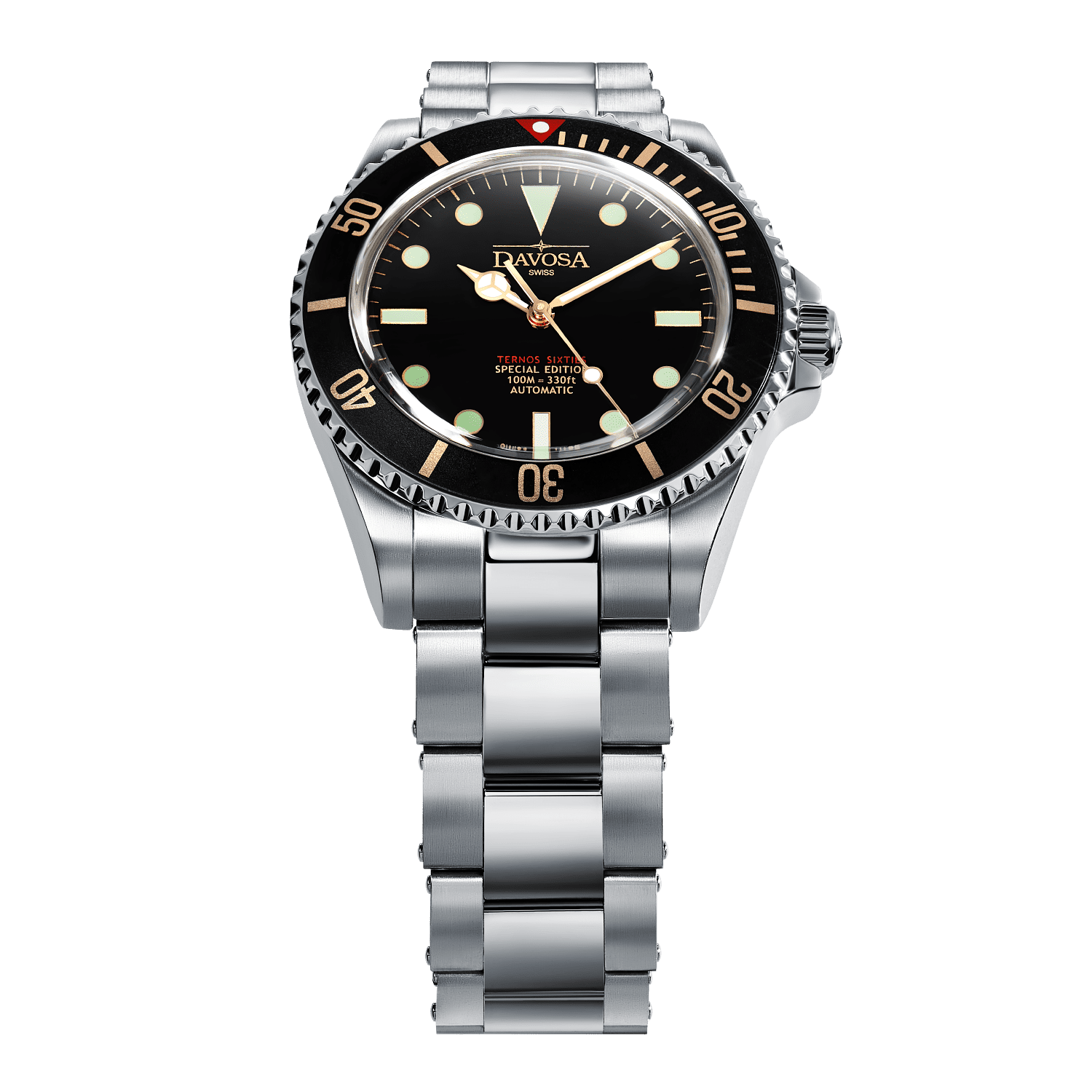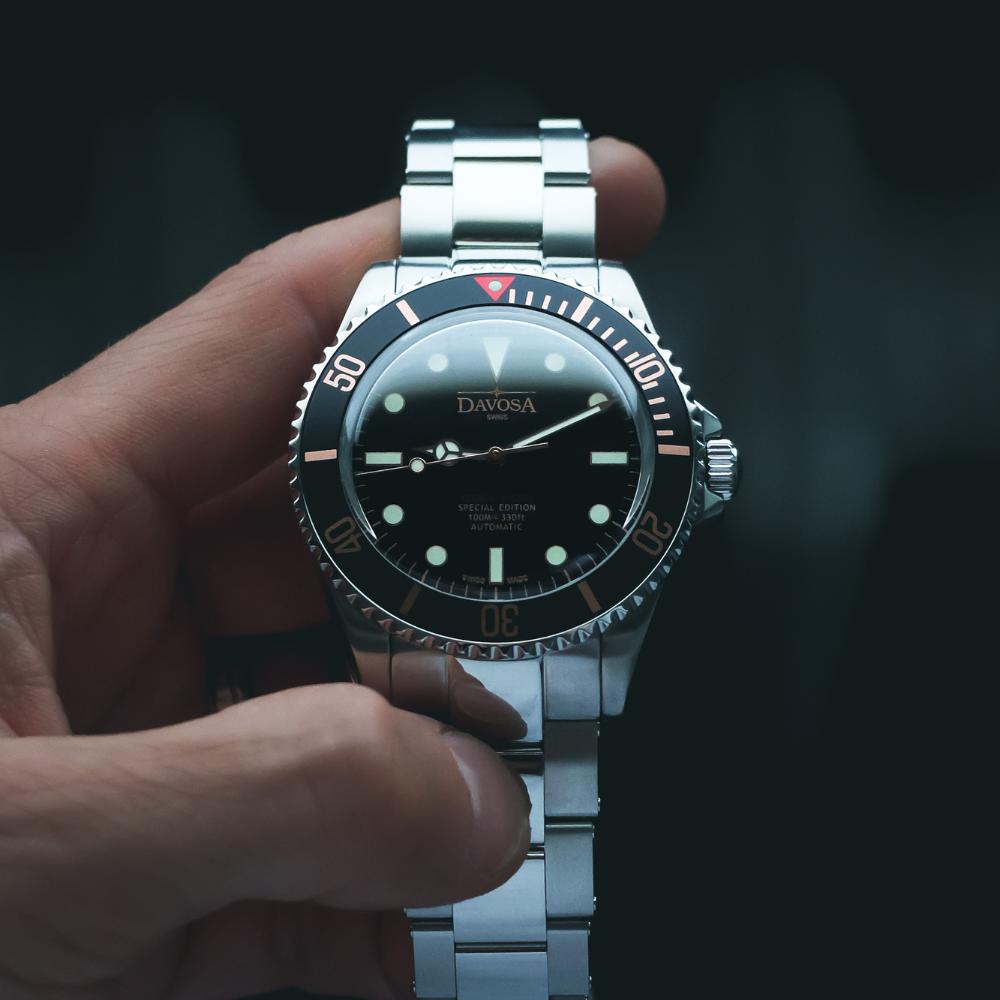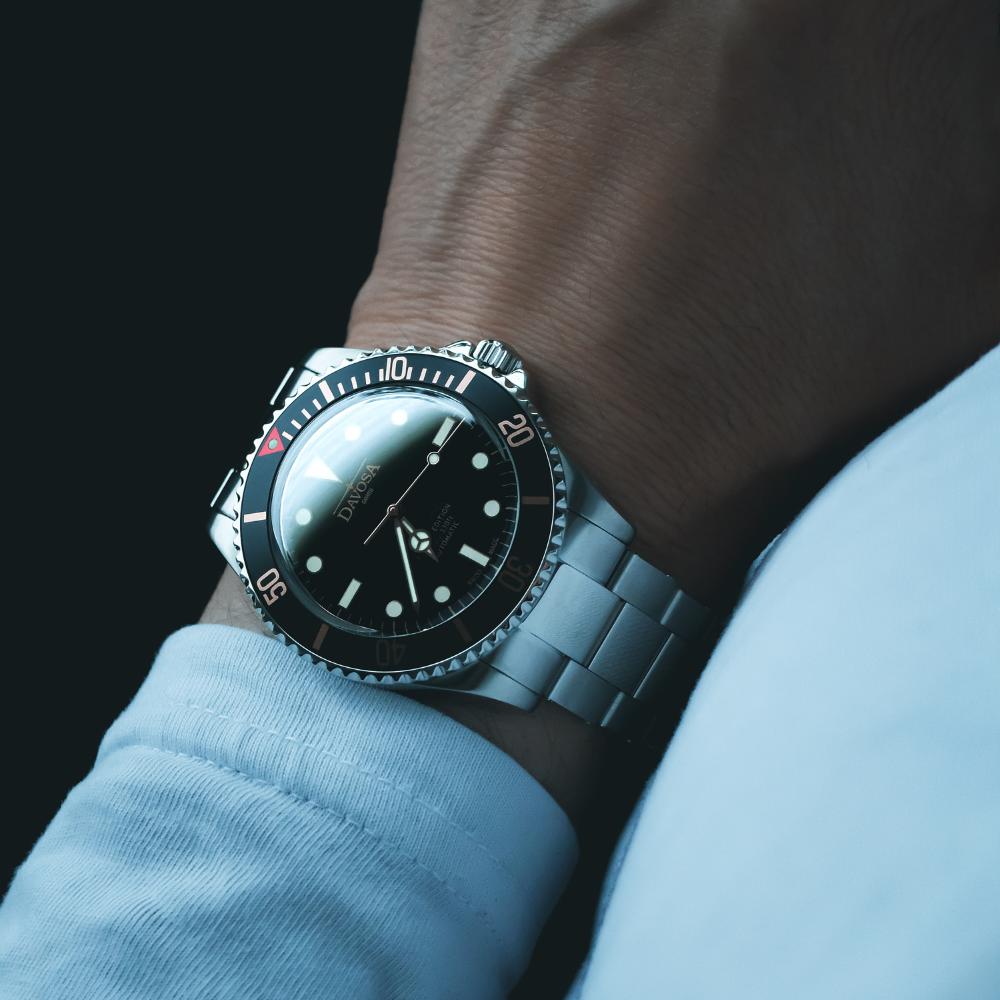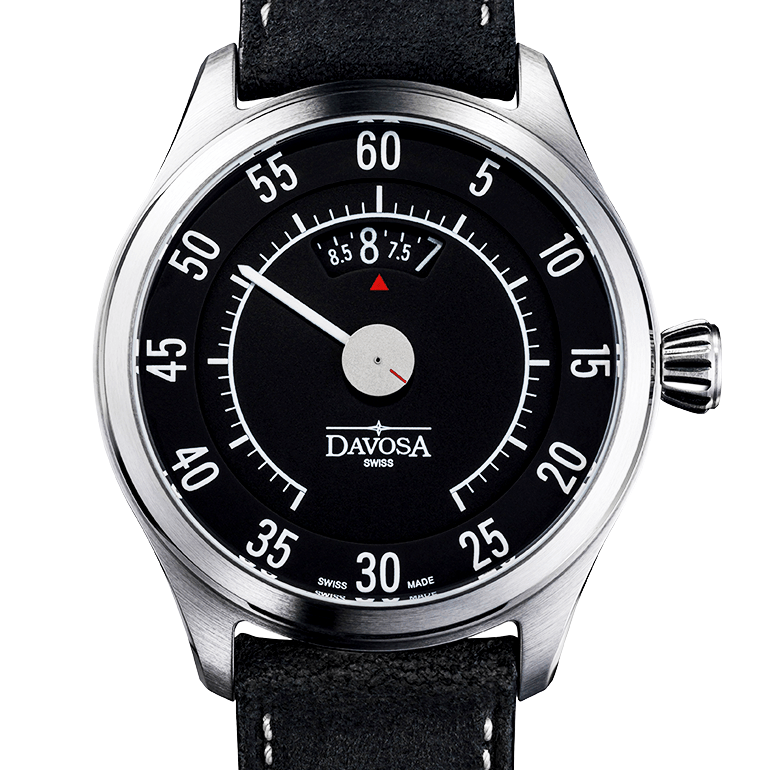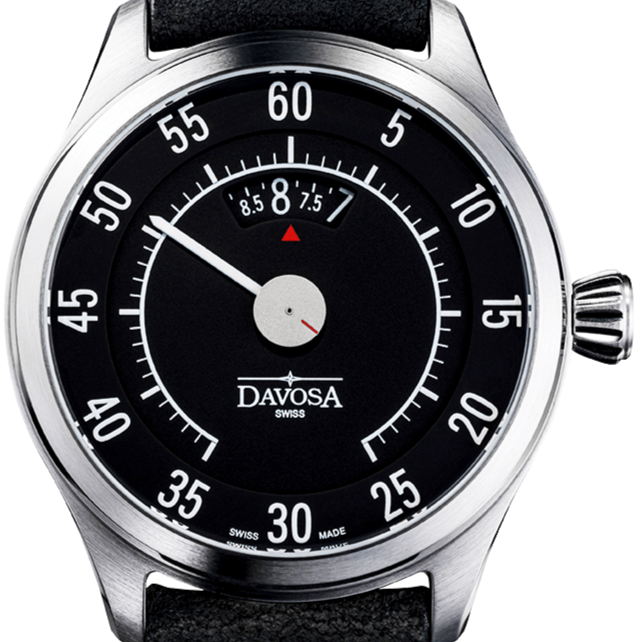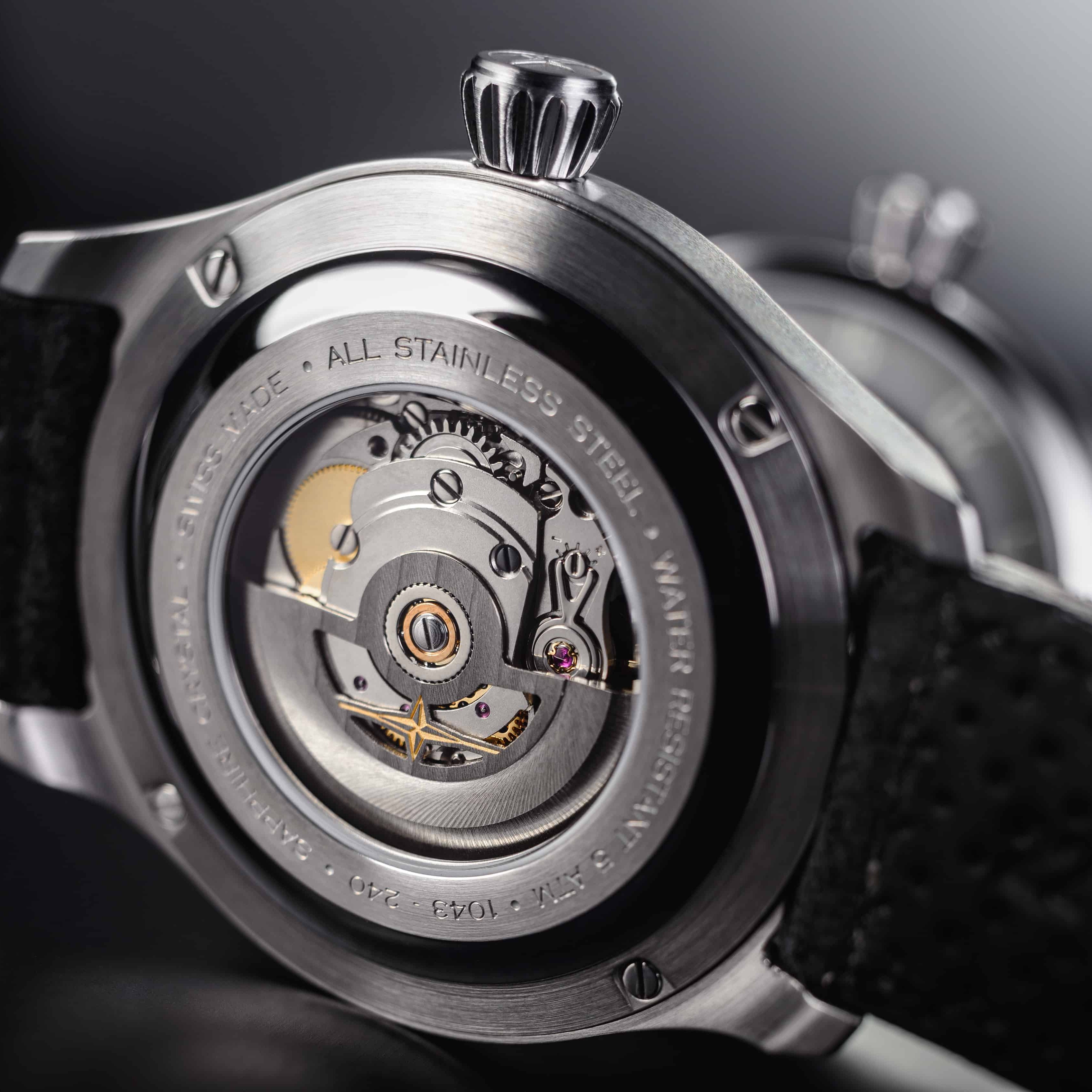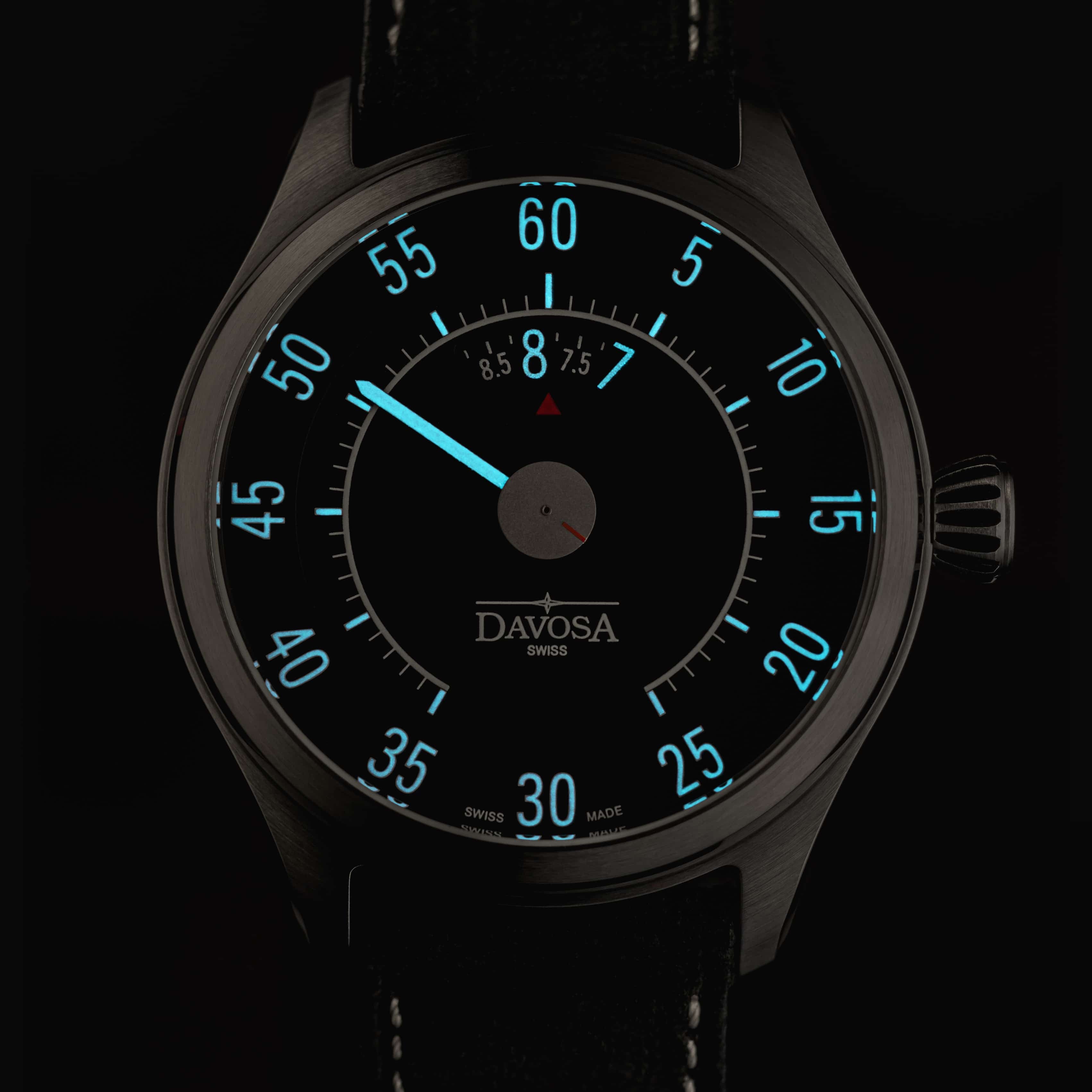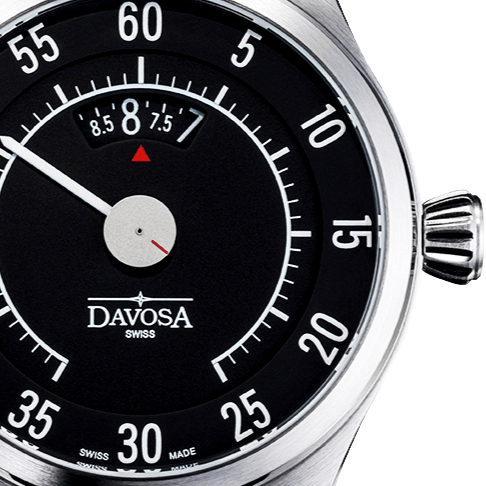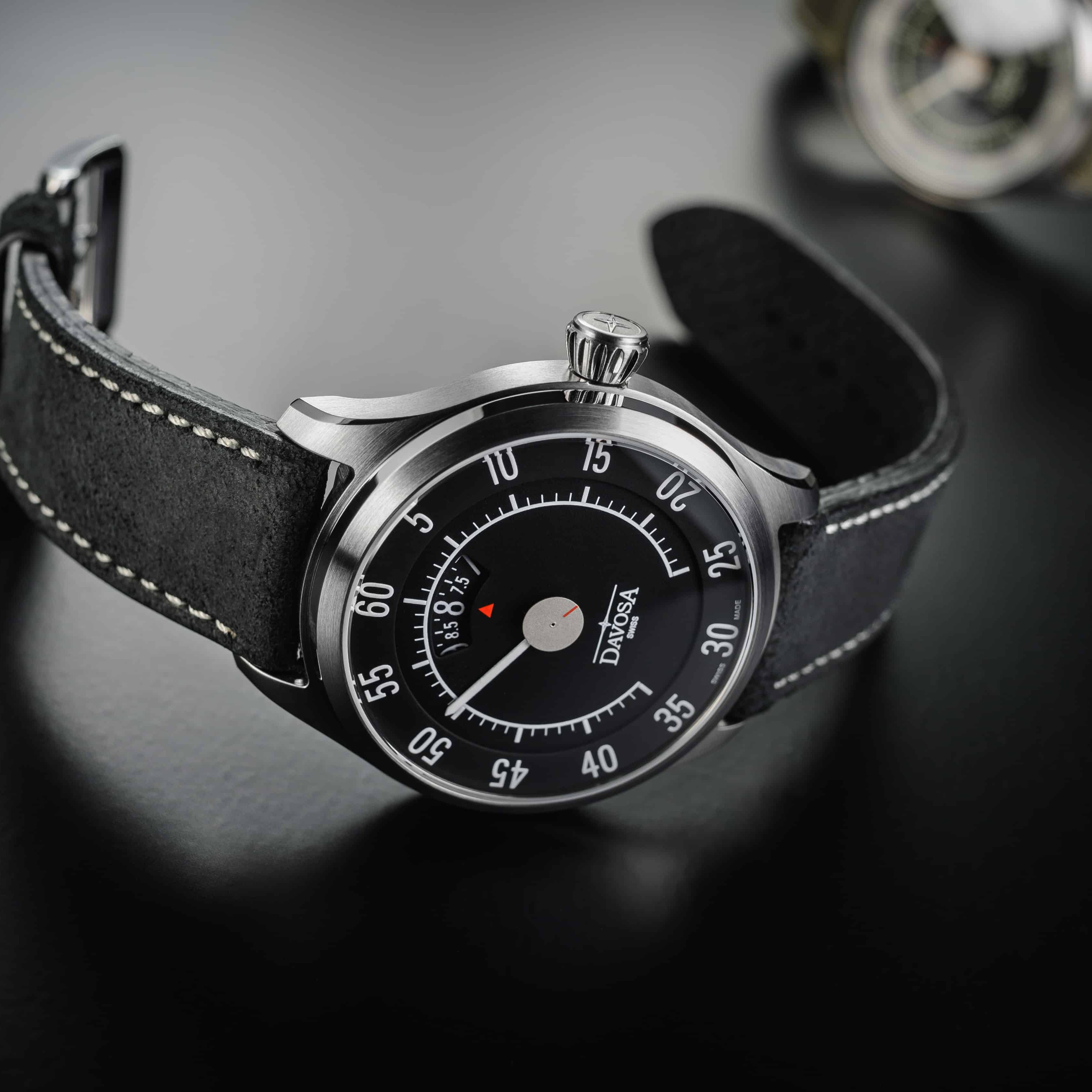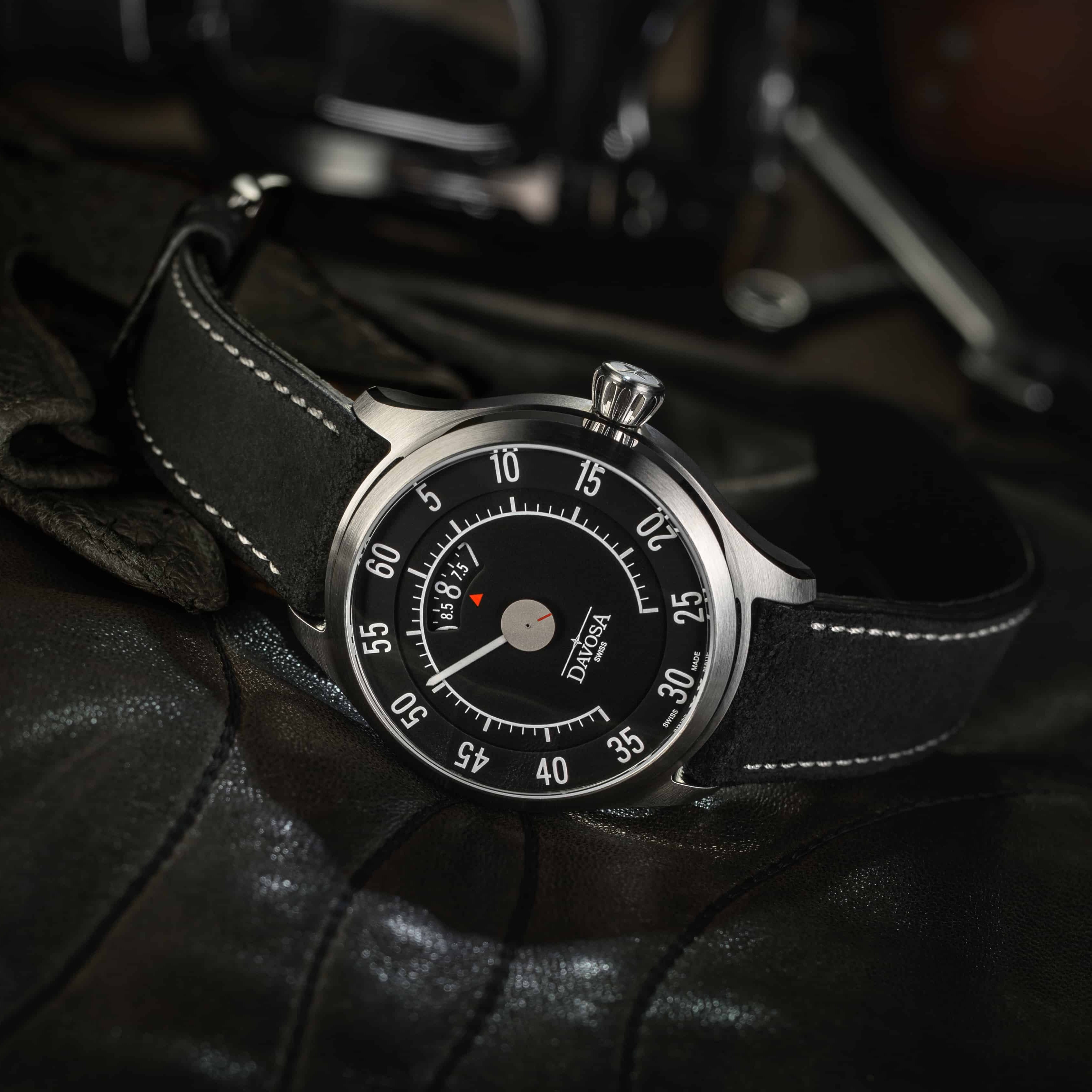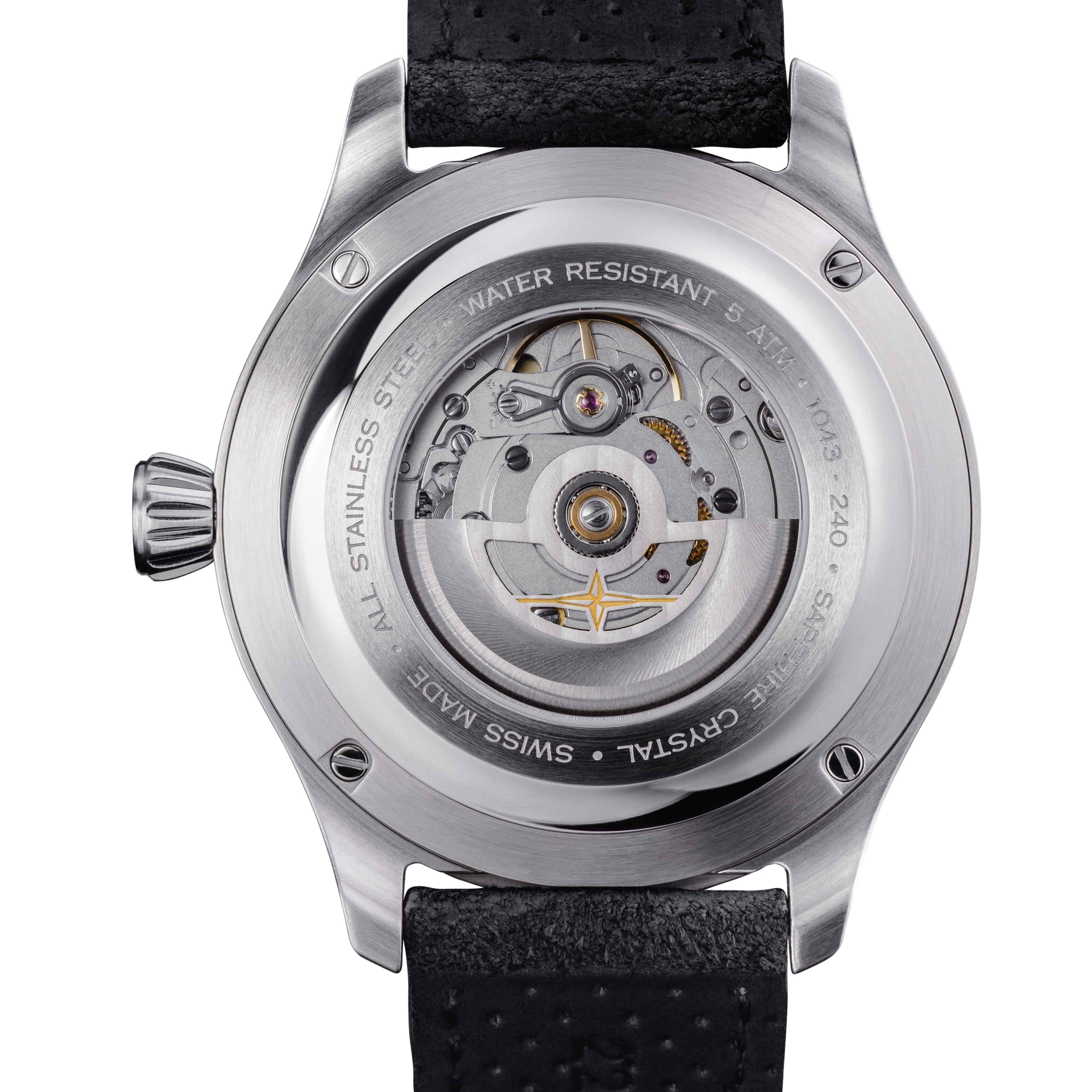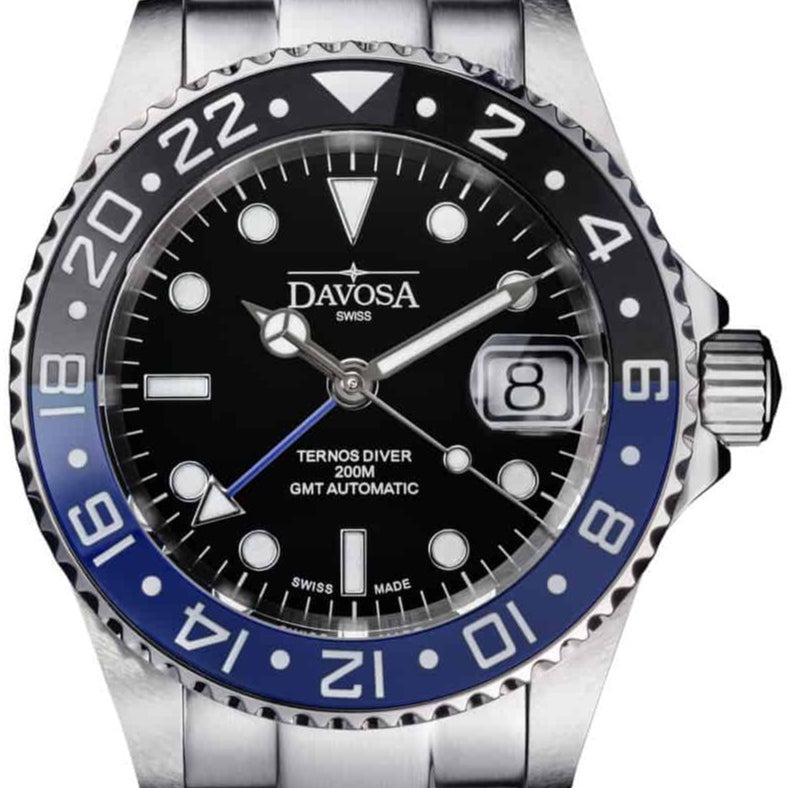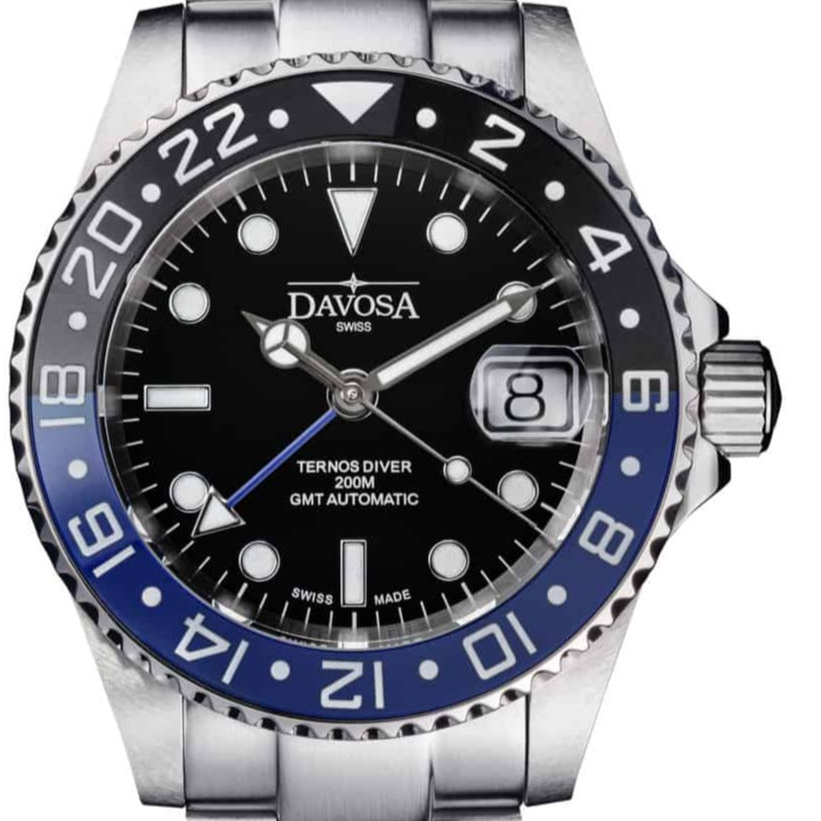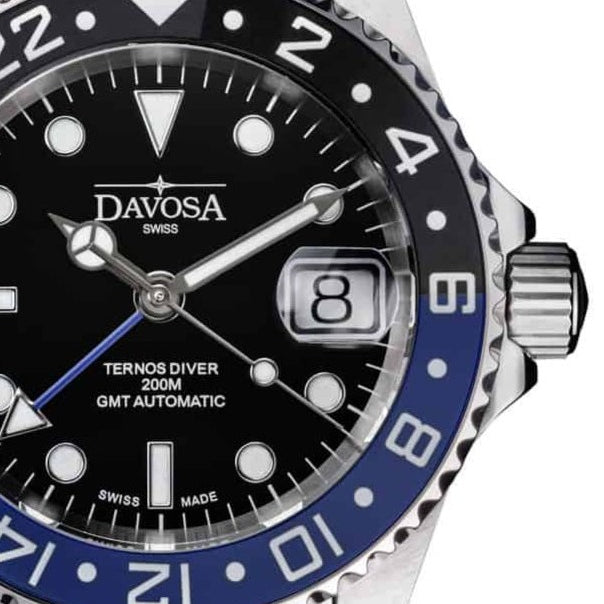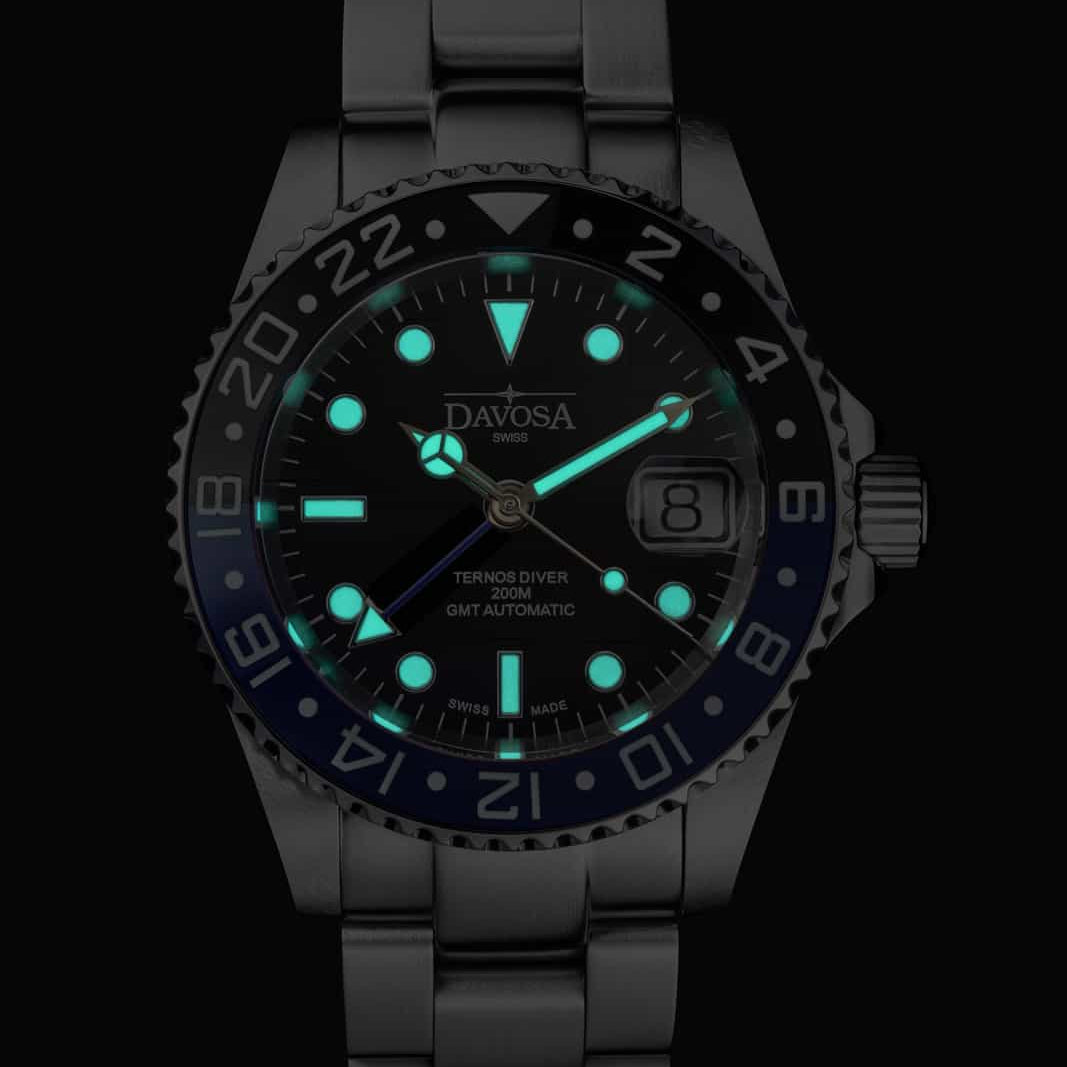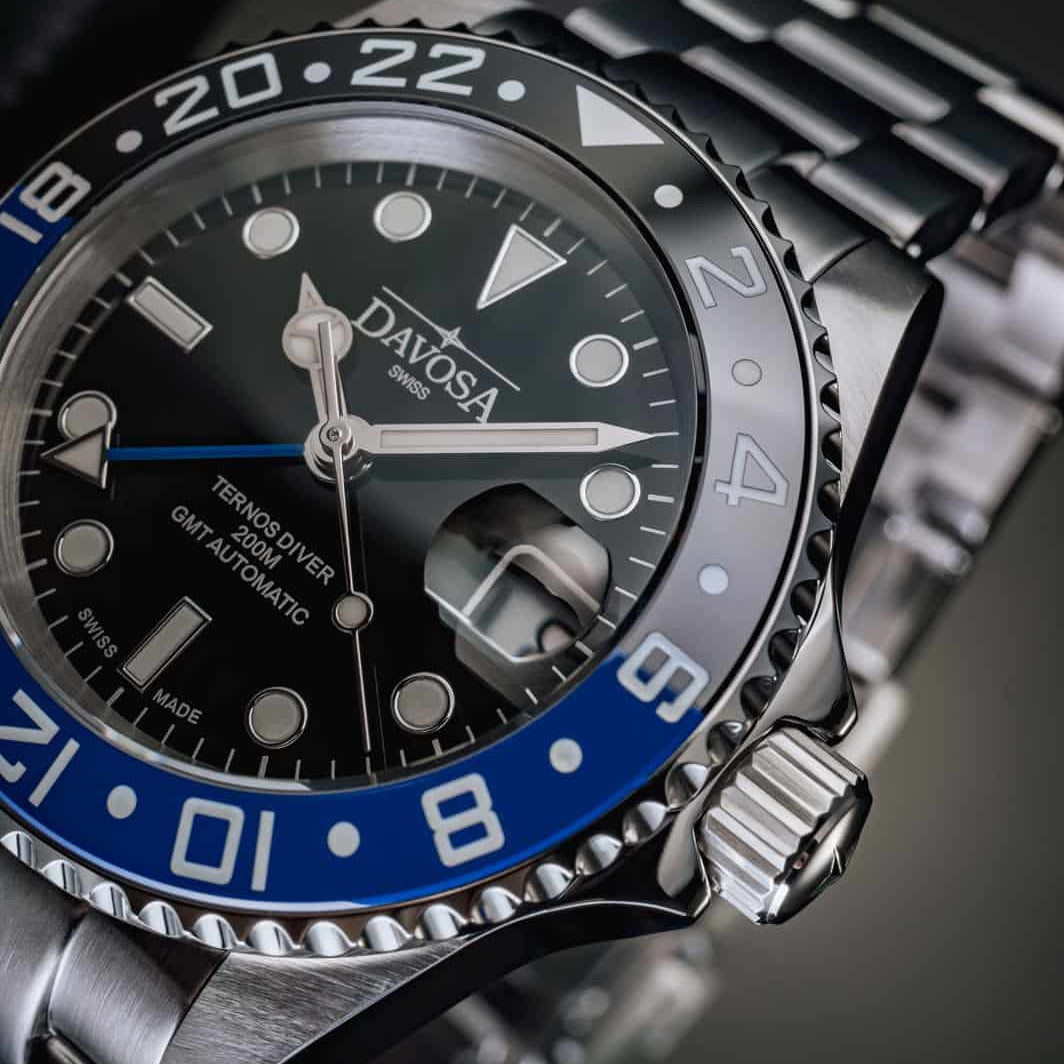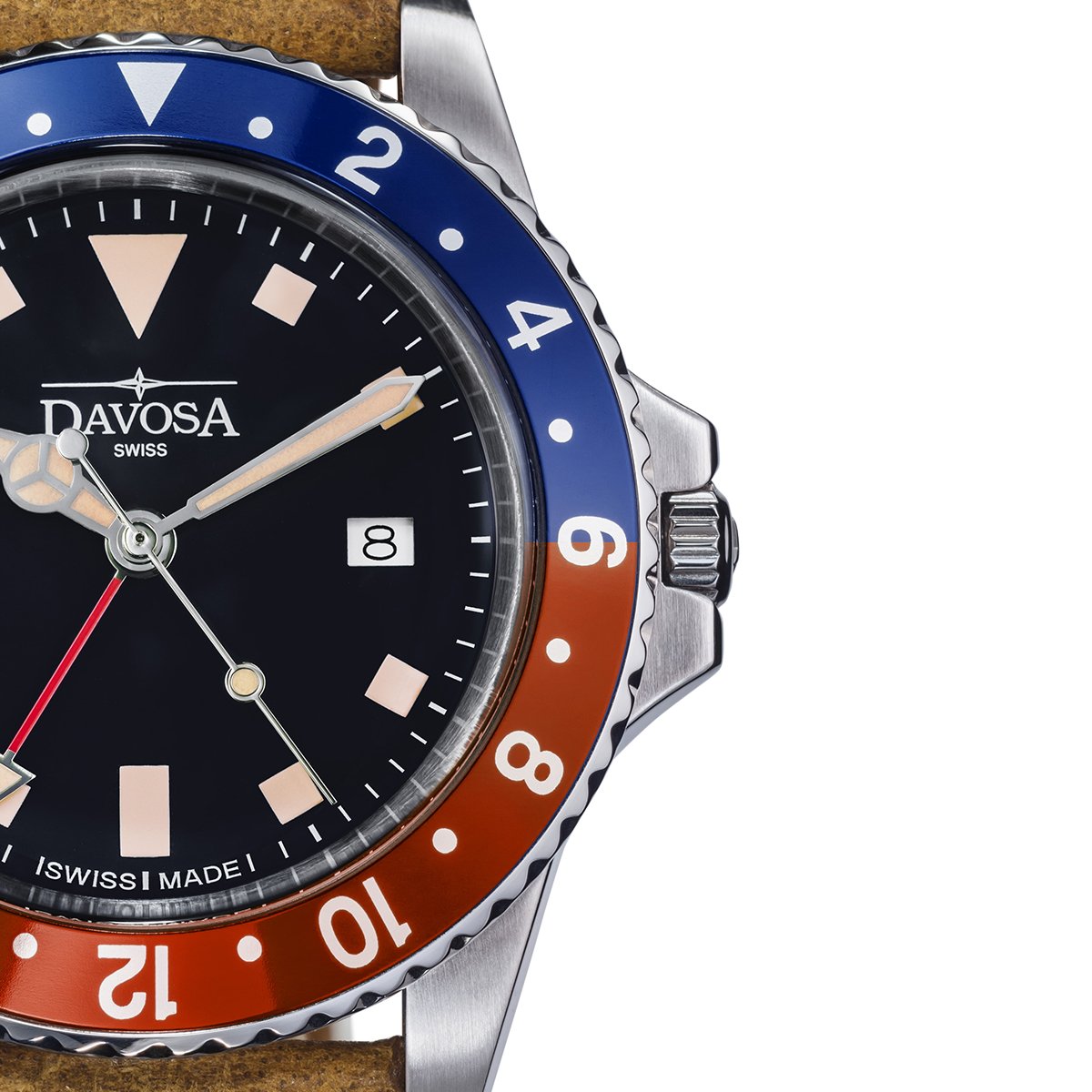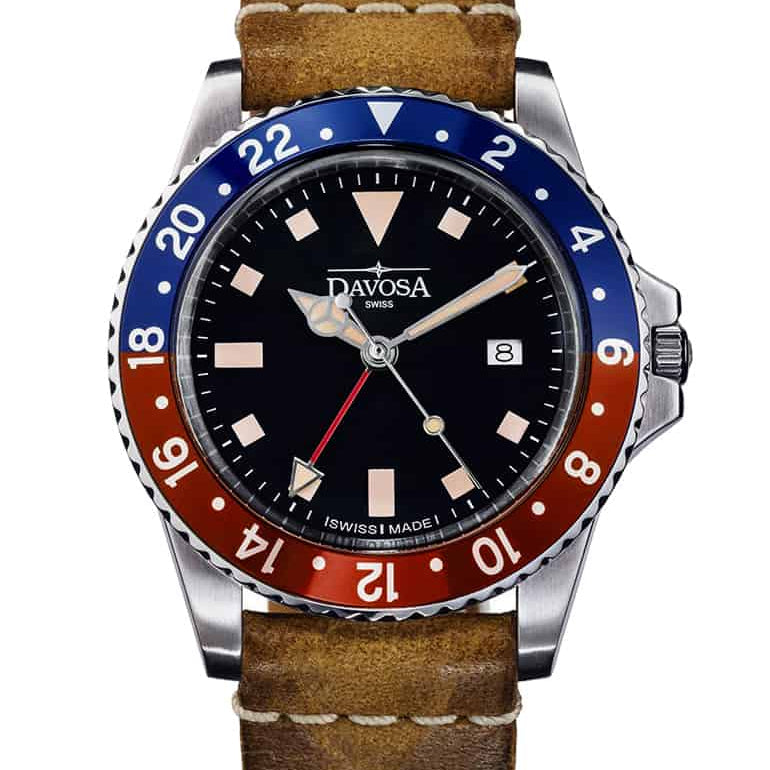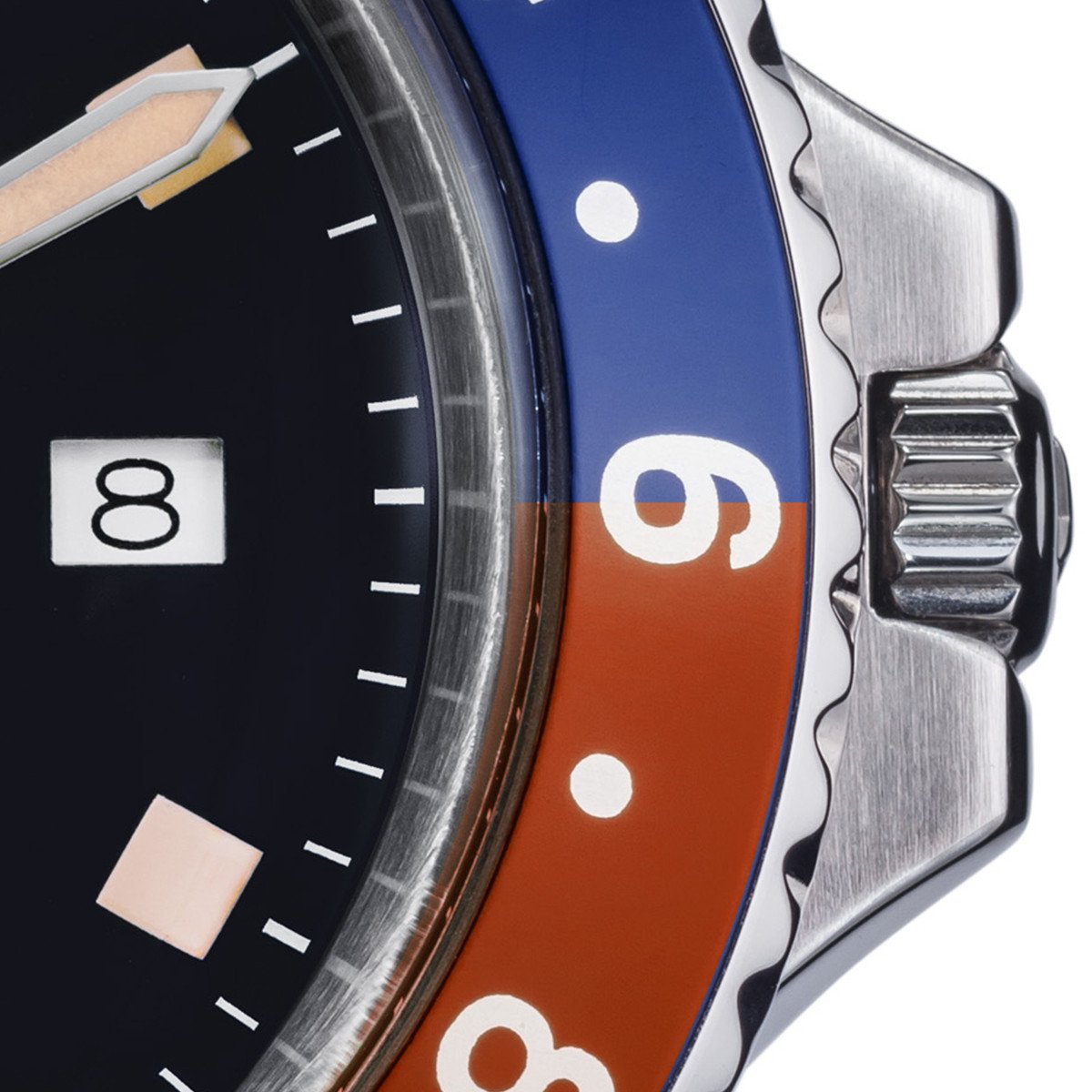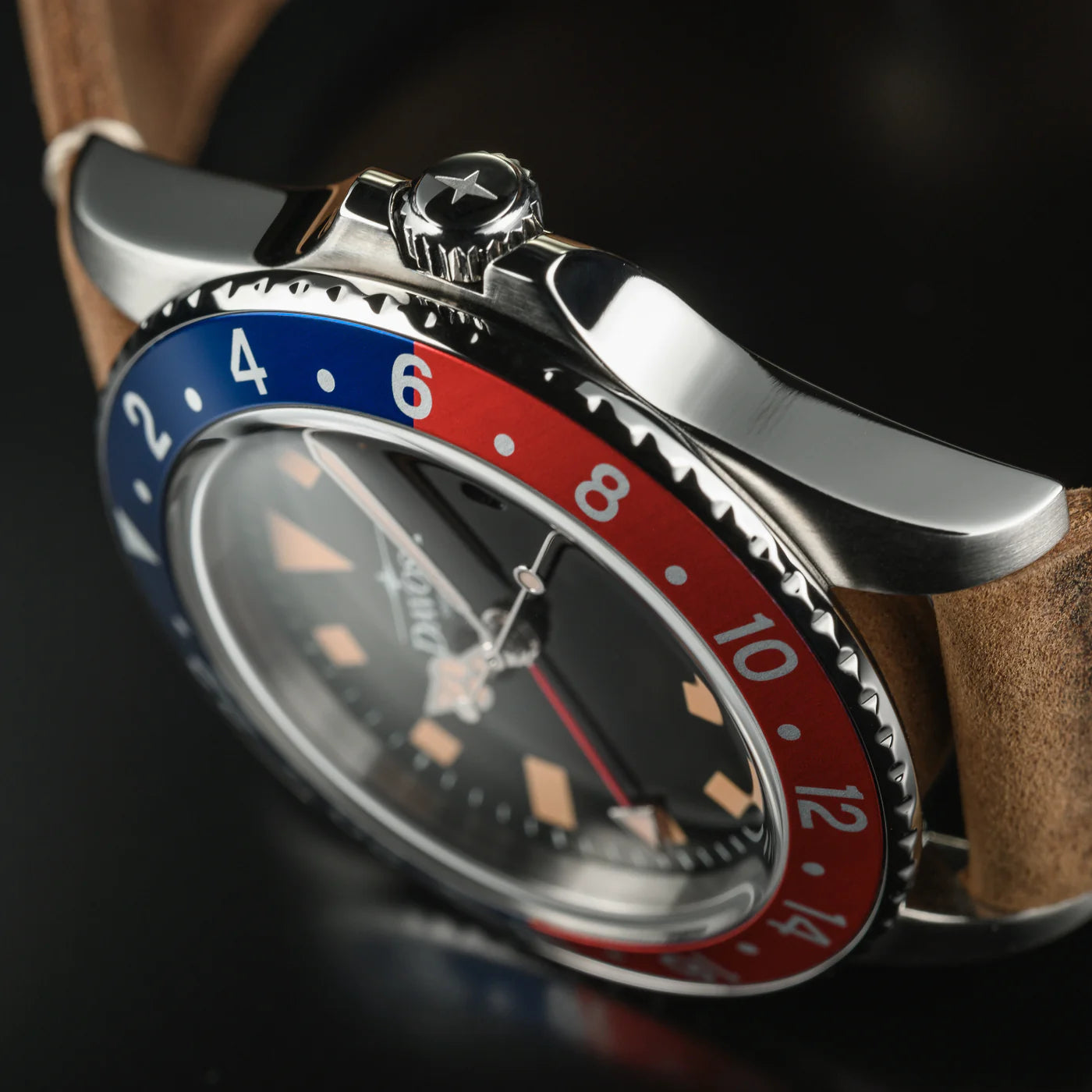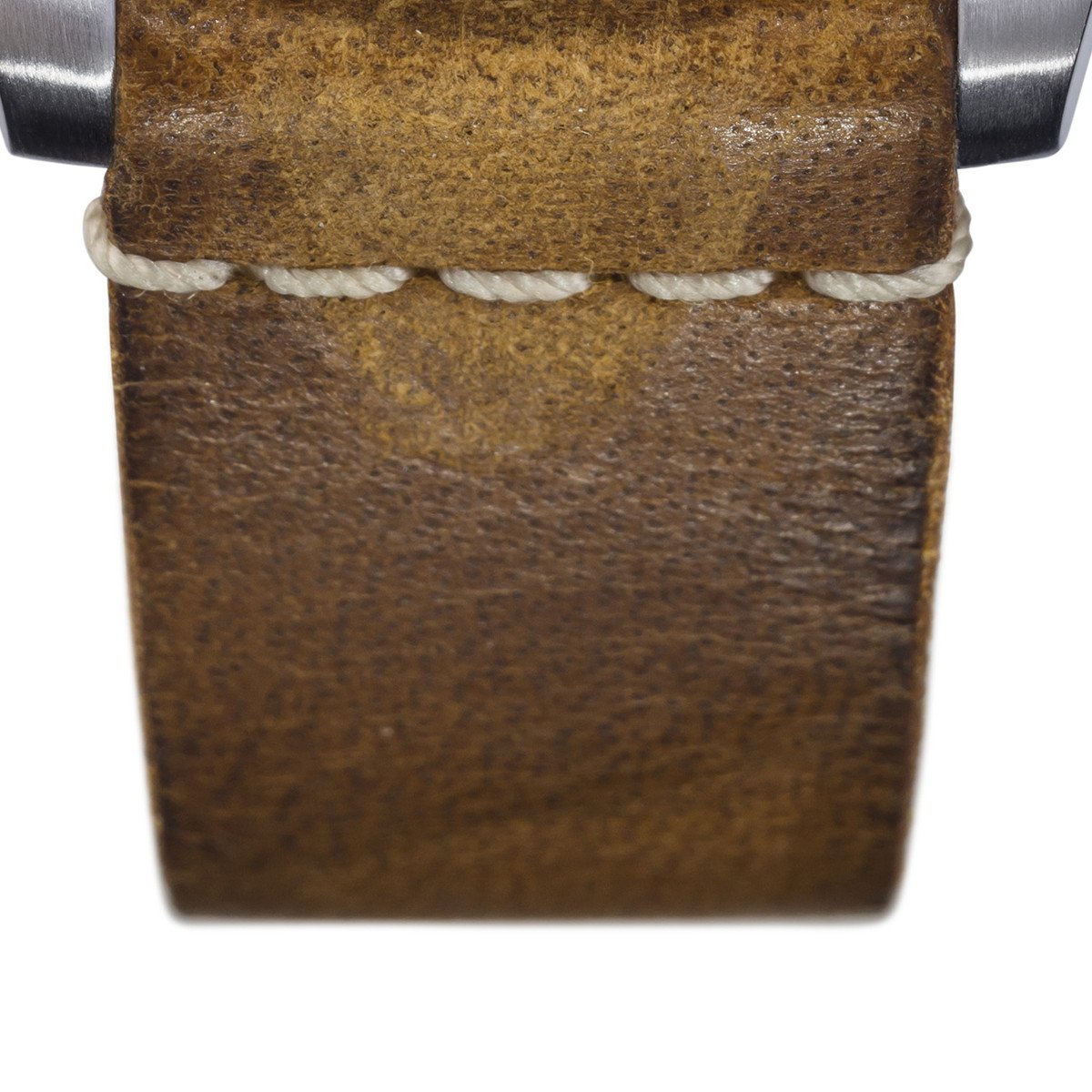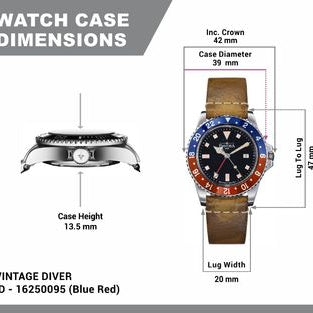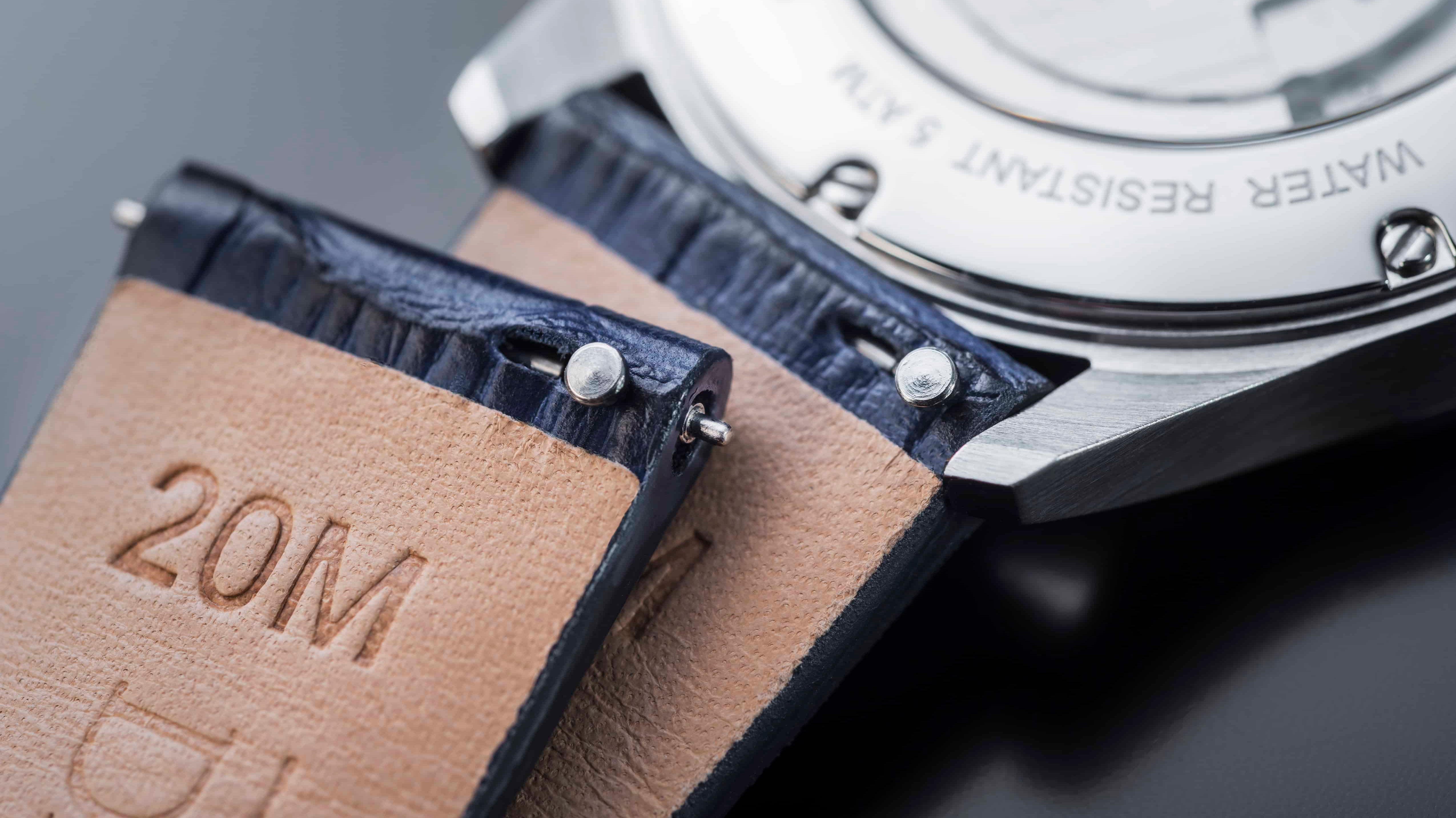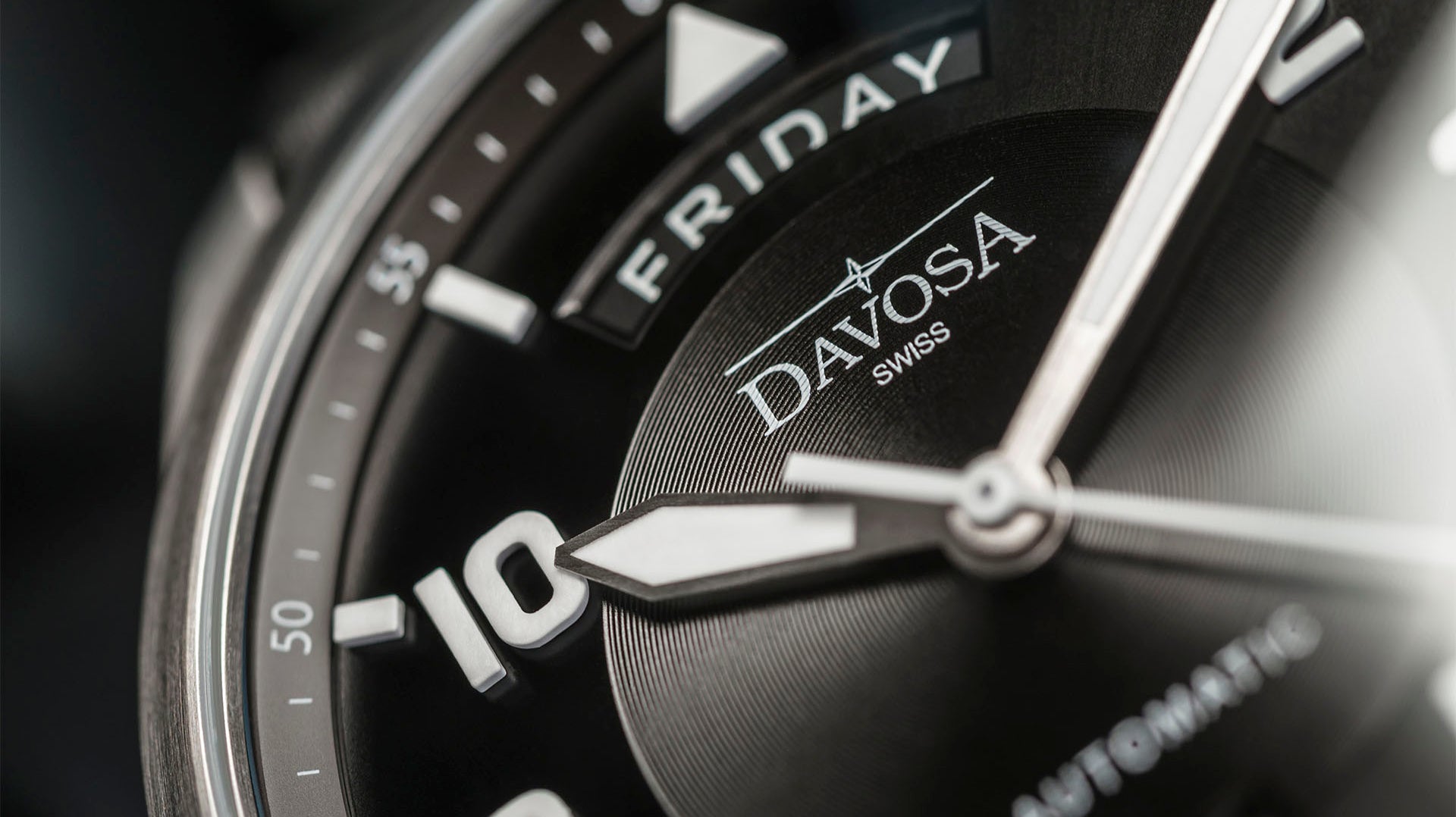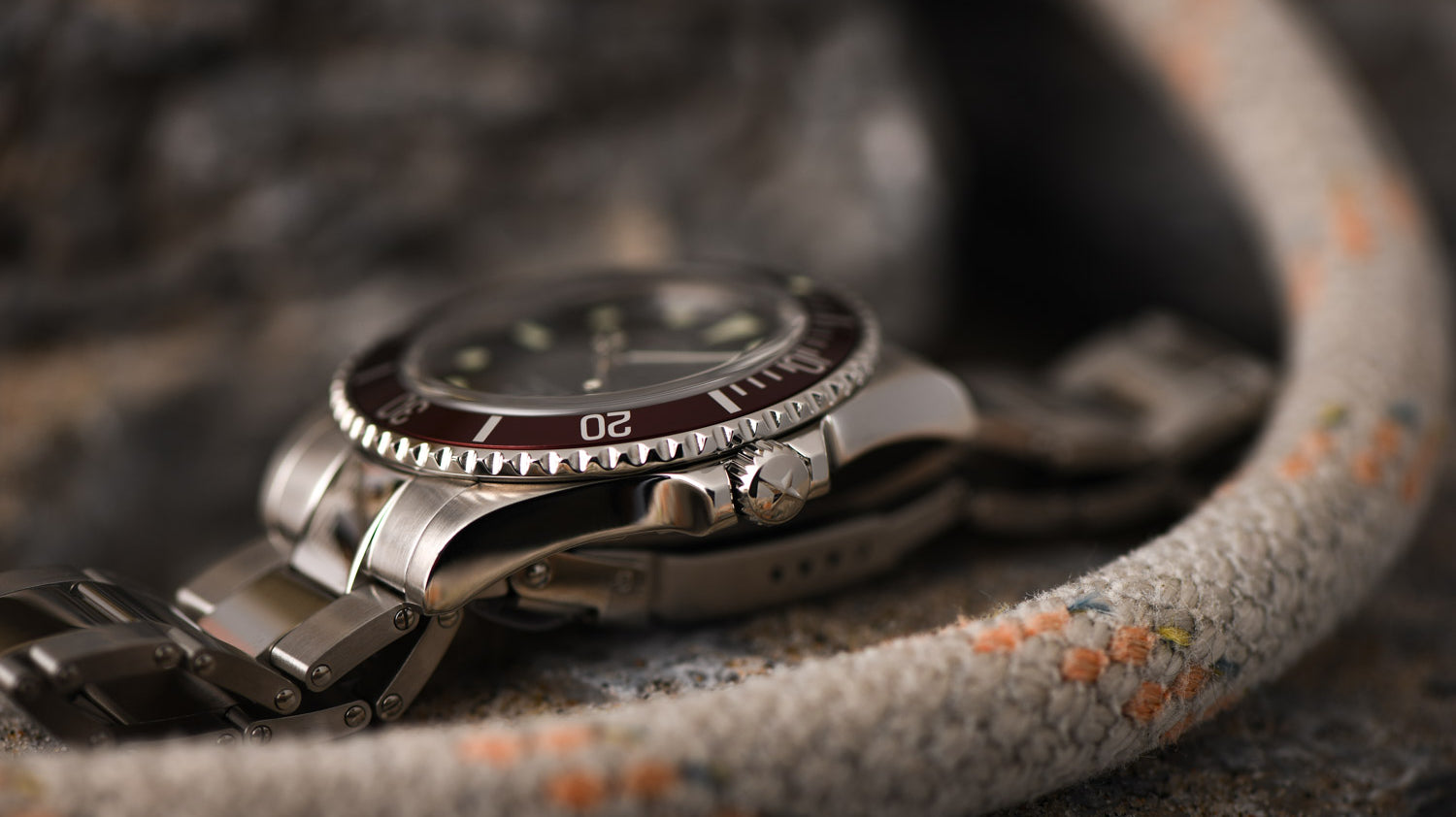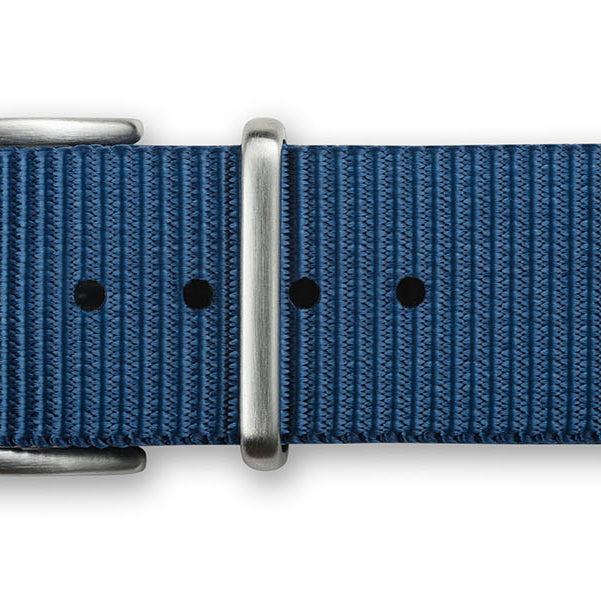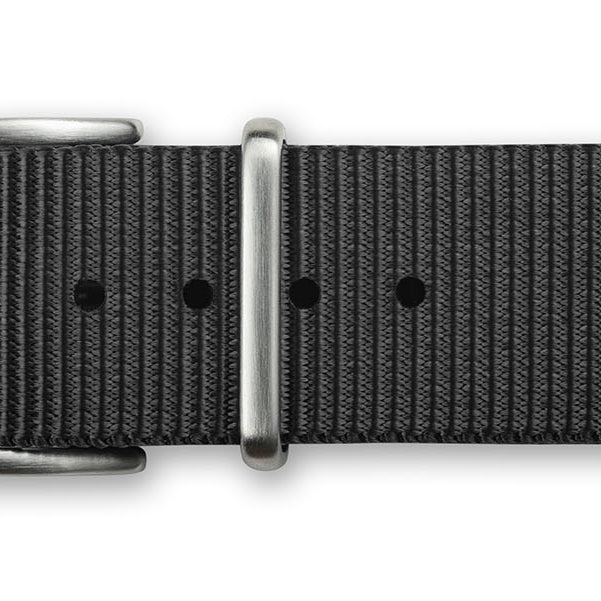There's quite a bit of confusion about what watch lighting technologies are and how they've evolved over time to the most modern and effective ones - a fascinating, and especially in the early 1900s, tragic history - leading us to current systems that are not only ultra-safe but offer impressive results. Are you ready to shed some light on this topic?
A bit of history on watch lighting: Radium and Tritium
From the most famous historical companies to the micro brands, watch illumination has always represented a common issue. It arose in the late nineteenth century, with the birth of the first "trench watches" - the wristwatches created and used for military purposes. As you can easily understand, war doesn't stop at night - and to coordinate operations, the use of luminous timepieces was essential.
So it was that the dials of these clocks were modified, adopting large Arabic numerals with sans-serif characters, and inserting in place of the traditional sleek hands a new, chunkier design called "cathedral," which were reminiscent of the structure of leaded glass used precisely in churches. The "glass" part was filled with a luminous paste, which in those days was made from a Radium-based material - the radioactive element par excellence!
Radium had just been discovered in 1898 by Pierre and Marie Curie, but nobody realized how dangerous it was. On the contrary, at that time, it was thought that "Radium baths" were even healthy! So it was that the industry of measuring instruments - including watches, but also gauges and monitoring instruments for industry and transportation - began to apply Radium as a luminescent material to allow night vision of the dials.
The danger of Radium was fully demonstrated after the scandal of the so-called "Radium Girls," young American women who worked in factories and painted Radium-based coatings on the dials, who fell ill and died in large numbers for the effects of radioactivity. In fact, the poor girls applied luminous paint with very thin brushes, and to make the tips sharp, they rolled them between their lips, thus swallowing the substance.
Although the problem emerged around the 1920s, with the Radium Girls scandal culminating in a trial that ended in 1928, the use of Radium in the watch industry was not banned until 1968. In its place, dialmakers began using a Tritium-based paste until the 1990s, when it was replaced by a Strontium-based product, which is the current basis of photoluminescent (and therefore, inert) pastes such as Luminova and SuperLuminova, which are largely employed by the current lineup of modern quartz-based and automatic watches.
What are Tritium watches?
Tritium watches use, in fact, Tritium as a luminescent material. But we should remember that there are two types of Tritium-based technology. The first is the luminous paste, very similar to the Radium-based one but much less dangerous.
The second is a modern and innovative solution which is completely harmless. It employs a Tritium gas inserted into borosilicate glass nanotubes so tiny that they can be used as indexes for the dials. This technology, inaugurated at the end of the 1990s by Luminox and then adopted by other companies, allows for exceptional brilliance, long life, and complete safety since the nanotubes are sealed through laser welding. So, when you complain why watches are expensive, remember that there is a lot of R&D going into them.
Are Tritium watches still made?
As we mentioned, the use of Tritium as a material to create the luminous paste stopped in the 1990s - so it's mainly found on older watches, made from about 1968 to 1990. Its presence was signaled by a capital "T" placed next to the "Swiss made" inscription on the dial (in the case of Swiss watches).
The nanotube technique with Tritium gas - originally called LLT, Luminox Light Technology - on the other hand, is widely used even today because it allows obtaining very bright results, offering different colors thanks to specific reagents contained within the nanotubes.
Are watches with Tritium safe?
Despite what we have read before about Radium and Tritium, all potentially dangerous materials, the real problem with both is not that they emit radiation, but the fact that they can be ingested or breathed.
Once established that radioactive elements were harmful, health authorities began researching the danger limit, especially since radiation was (and is) widely used in medical settings - such as in X-rays. These investigations have originated several reports, and we learn the following from one of the most recent, the Radium Timepiece Dose Modeling by the U.S. Nuclear Regulatory Commission, issued in September 2007.
Constantly wearing a Radium-coated wristwatch would expose your skin to a dose of 1,600 mrem/year. "Constantly" would mean wearing the timepiece for 16 hours per day, every day throughout the year. To put in context what these numbers mean, remember that our body also receives radiation from the Sun yearly, which amounts to 300/400 mrem/year.
The current Federal occupational limit of exposure per year for an adult (the limit for a worker using radioactive equipment) is "... as low as reasonably achievable; however, not to exceed 5,000 mrem" above the amount received by natural radiation sources.
So, while Radium is a dangerous material per se, you should not be overly concerned about it if you are a watch collector. The dangers from the exposure from owning and wearing such a timepiece seem to be much less than the risky zone.
As a note, while Radium stays radioactive for a long time, Tritium is far less hazardous. This means that, unless you constantly breathe or chew Radium/Tritium paint, as the poor Radium Girls did while working, you would be completely safe from hazard.
How long will a Tritium watch last?
The luminescence of radiant materials is based on the emission of electrons and depends on the radiance of the element. Radium is very radioactive since it has a so-called half-life - the period in which its radioactivity decreases by half - of about 12,000 years. In contrast, Tritium is much less radioactive, as its half-life is only 10 years. On the other hand, Strontium-based paints function differently (they are photoluminescent, not luminescent) and therefore pose no radioactivity problems.
This means that old clocks covered with a Tritium-based luminous paste are now practically exhausted, while those that used Radium are still active - and as visible at night as when they were just painted. To give an example of a famous timepiece based on this Radium-based material, we can mention the original Radiomir.
Generally speaking, watches that used Tritium paste have to be retouched today with the application of a harmless SuperLuminova-type paint. As for Tritium gas technology in nanotubes, this has a lifespan of about 25 years, then the luminous effect of the nanotube-contained Tritium gas begins to fade.
Are Tritium watches durable?
Tritium-based luminous technology, as we said, has a limited lifespan, but in case the original brightness is lost, the markers and hands can be touched up by applying a new layer of luminous compound - usually, photoluminescent. However, the situation is different for watches that use Tritium nanotubes: once exhausted, these must be replaced, so the dial must be exchanged for a new one.
Obviously, all of this applies only to the brightness of the dial and hands and in no way affects the watch duration, which remains unchanged.
Does Tritium glow forever?
Actually, it does, but the glow fades over time, as with all compounds of this type, and therefore requires periodic retouching with new luminous material, whether luminescent or photoluminescent.
Regular Radium and Tritium pastes, as well as Tritium gas nanotubes, are luminescent materials. That is, they emit electrons that are responsible for the brightness. But this is based on the compound's half-life, which, as we have seen, can vary greatly, going from 12,000 years for Radium to 10 for Tritium - and half-emission - roughly speaking - means half the emitted brightness.
Luminova and SuperLuminova, which are Strontium-based compounds, are different: instead of emitting electrons, they "capture" them from sunlight, releasing them when it gets dark. So, they're not as radioactive as luminescent compounds - but they suffer from the same problem: over time, their effectiveness diminishes.
What watches use Tritium?
Technical timepieces, such as dive watches in general, continue to use Tritium, especially Tritium in nanotubes, precisely because they must ensure their brightness at all times, without needing to be charged by light emissions during the day. Other kinds of timepieces instead employ alternative systems such as photoluminescence. But as we have seen by now, the problem of the dangerousness of substances such as Radium and Tritium has been solved by the modern evolution of technology.
If we consider other types of watches, such as dress watches, where generally the surface covered by luminous material is tiny, the problem does not even arise.
Main Takeaways
Although watch luminiscence has represented a big problem, especially during the age of Radium, we must consider that as it usually happens, usually discoveries are received positively just for their innovation and characteristics: a similar thing happened with asbestos. Only in a second time do we realize the problems, and we run to the remedies.
It must be said that, in the tragic nature of the event, the long process involving the Radium Girls (from which a film was made) was the spring that triggered a process of verification and control on the hazardousness of the substance, which in the end saved the lives of many people.
And today, when we look at the luminous indexes of our watches at night, we should give a silent "thank you" to those girls who paid a very high price. If we can wear perfectly luminous but completely harmless watches today, we owe it to them.
The Davosa-USA.com website is NOT affiliated in any way with Audemars Piguet, Franck Muller USA, Inc. Richard Mille or Richemont Companies, Seiko, or any other brand which is not Davosa Swiss. Rolex is a registered trademark of Rolex USA. Davosa-USA website is not an authorized dealer, reseller, or distributor for Rolex and is in NO WAY affiliated with Rolex SA or Rolex USA or any other brand besides Davosa Swiss. |



